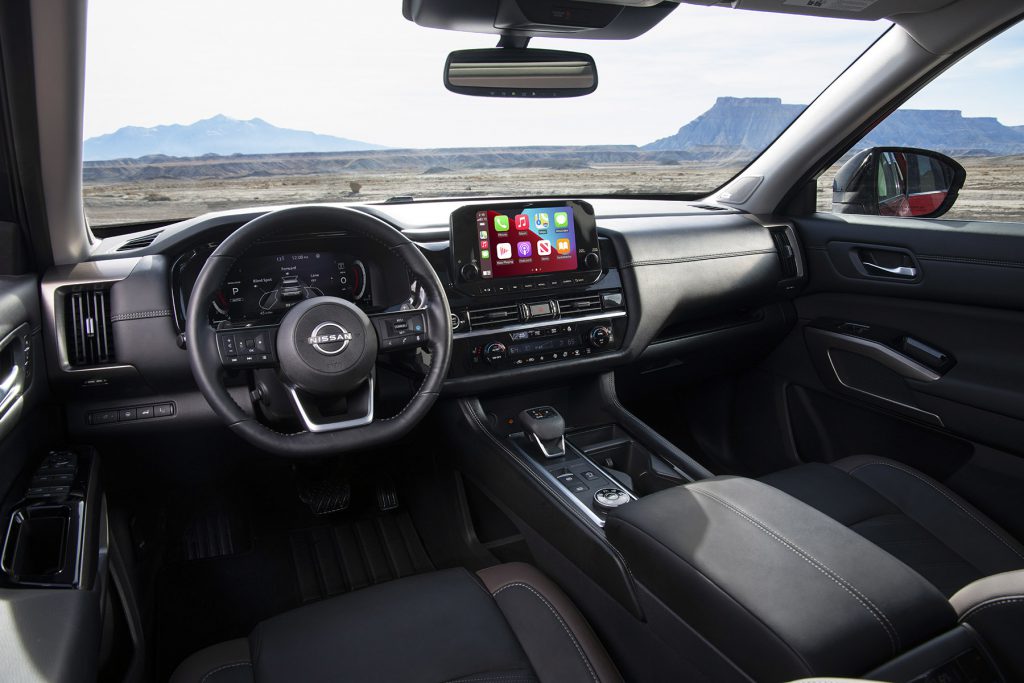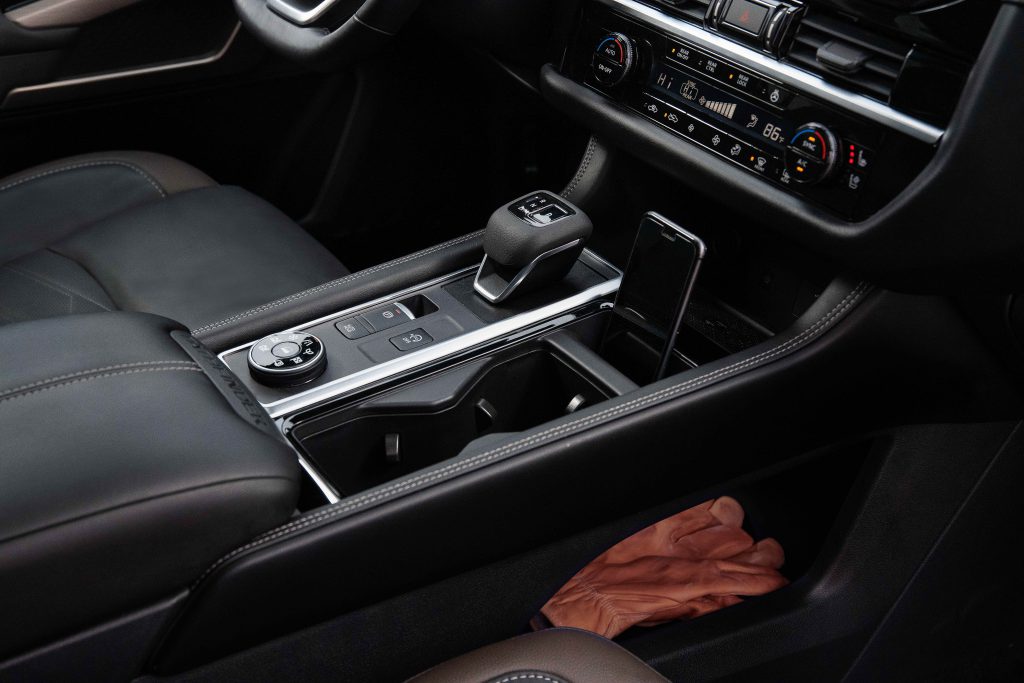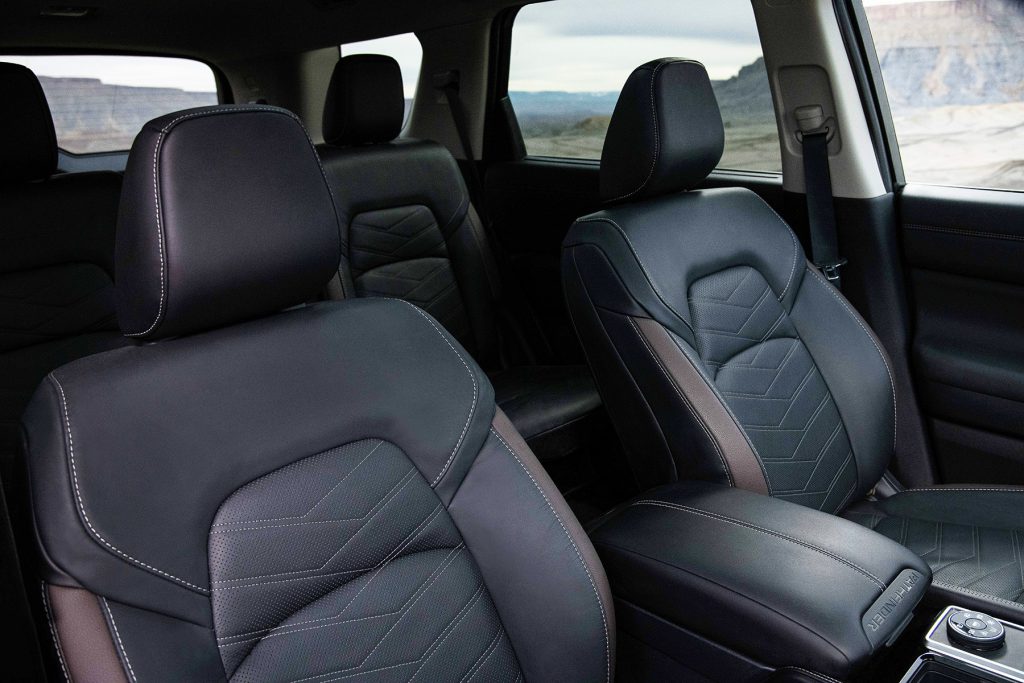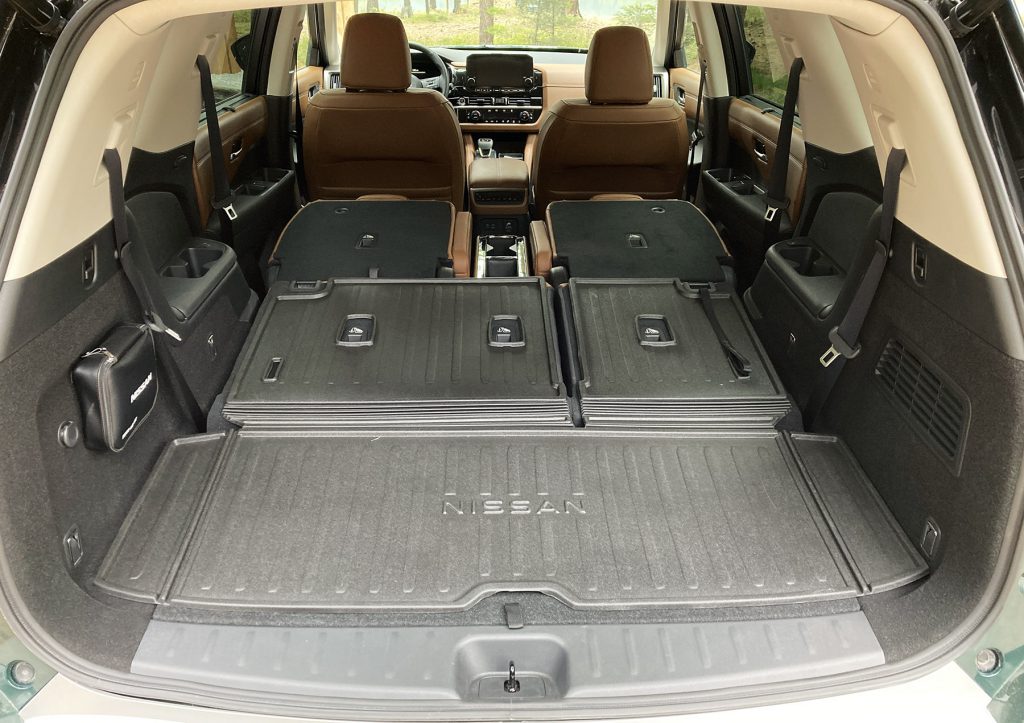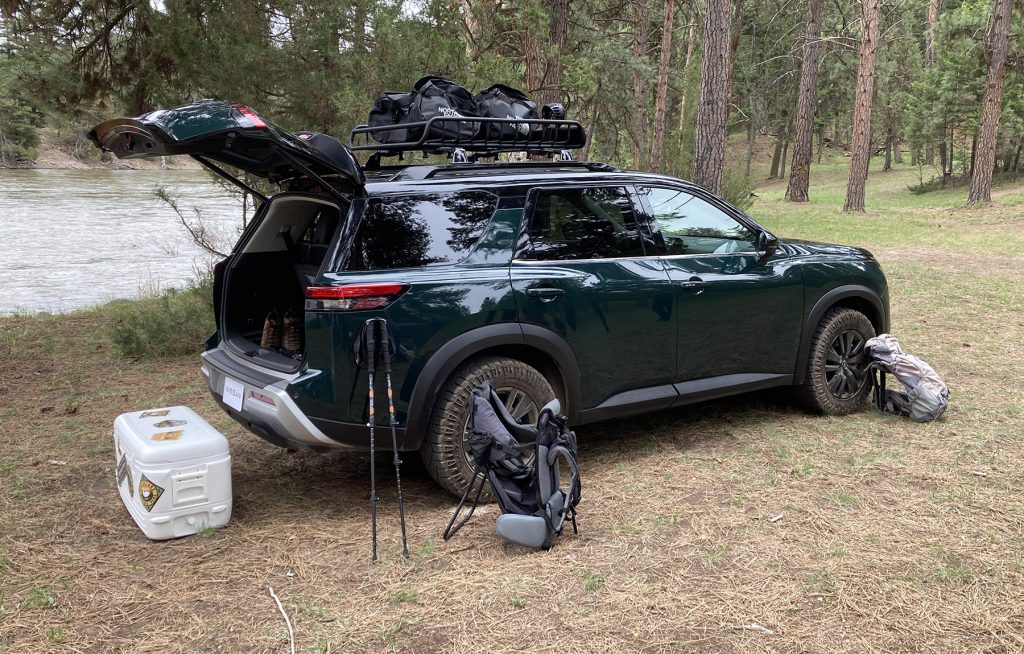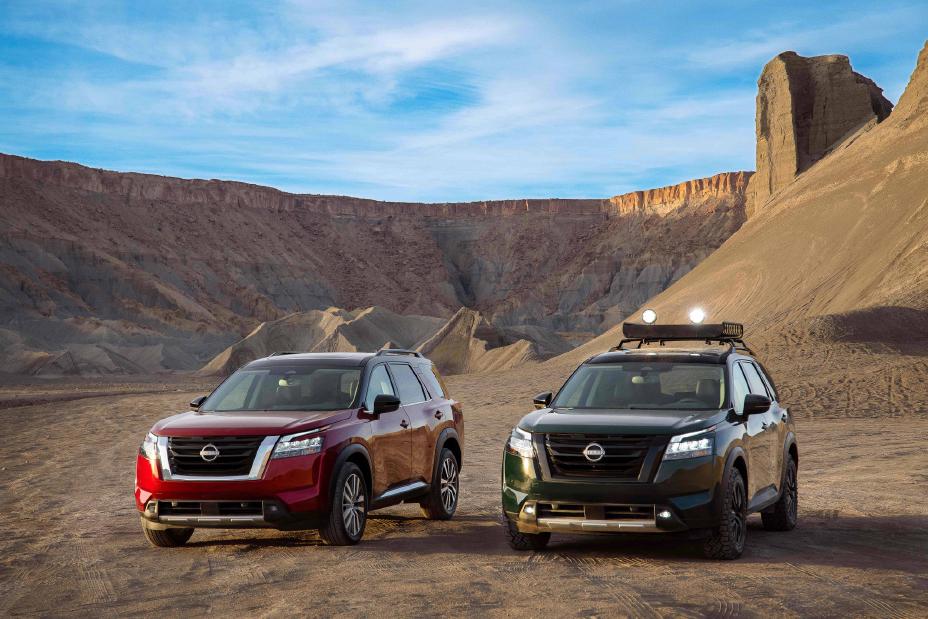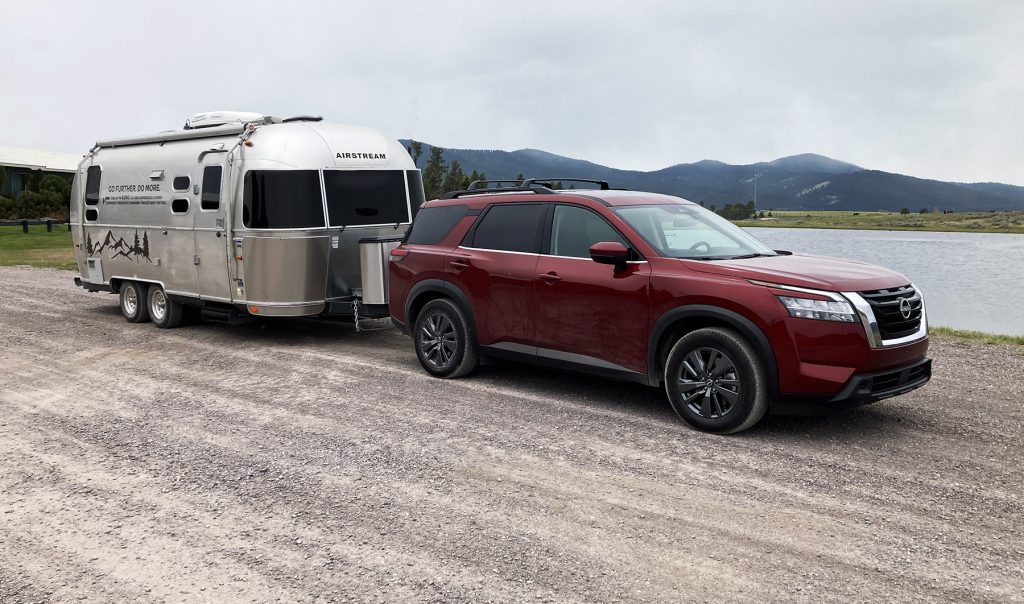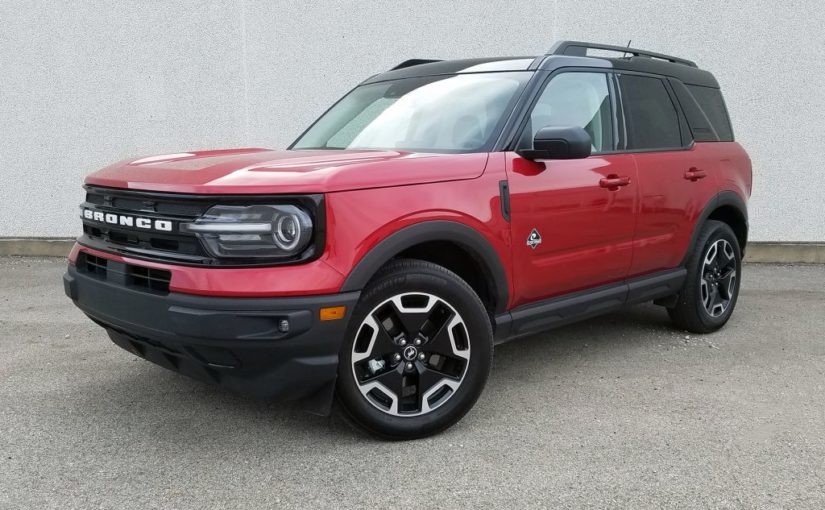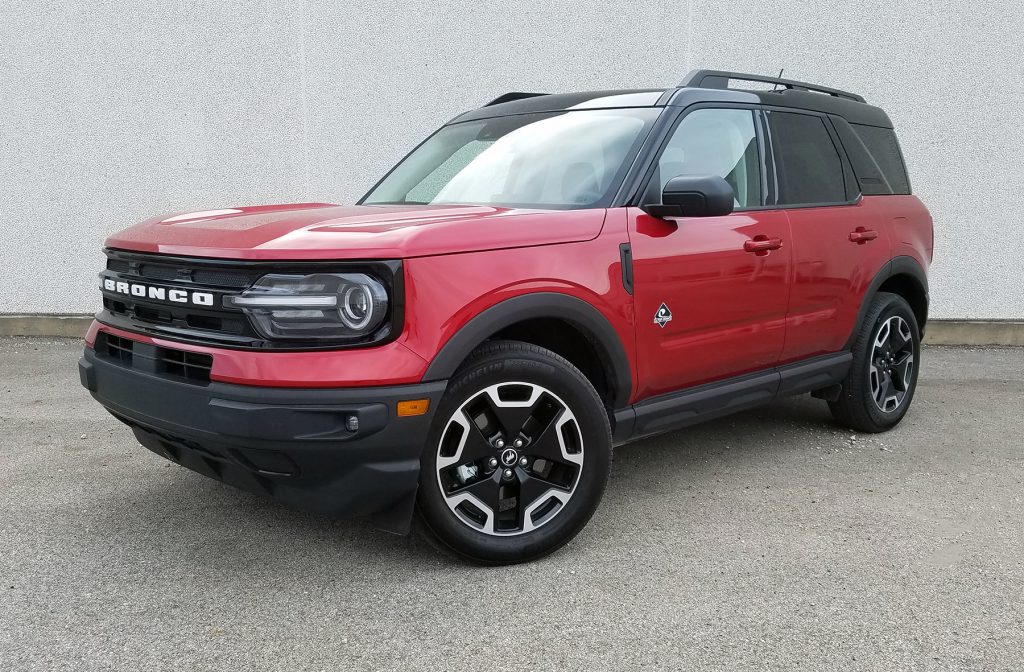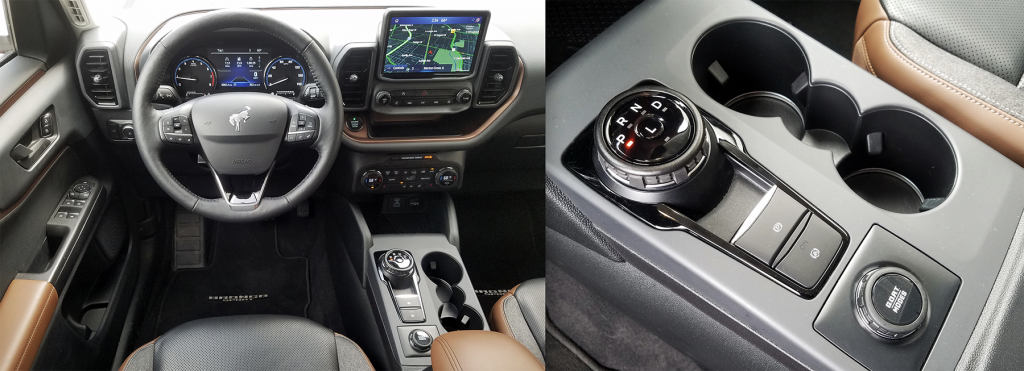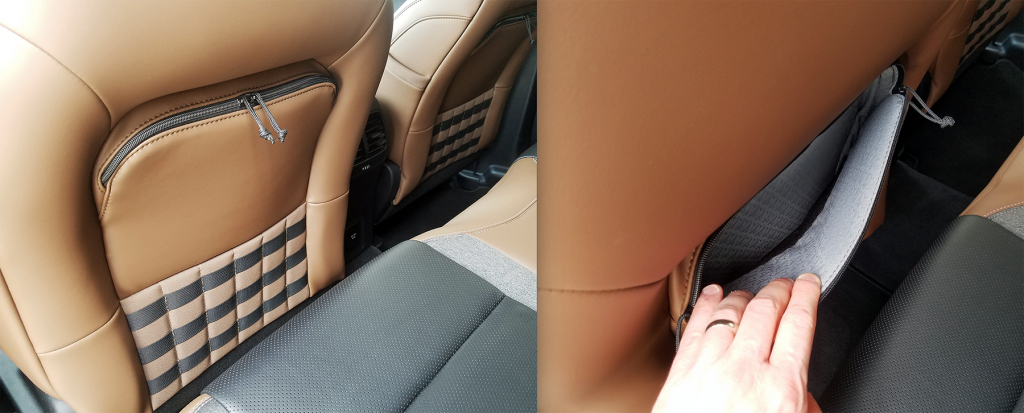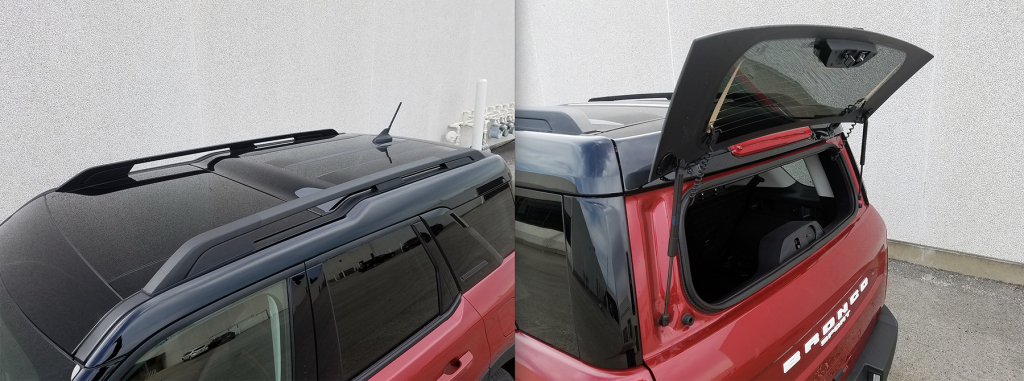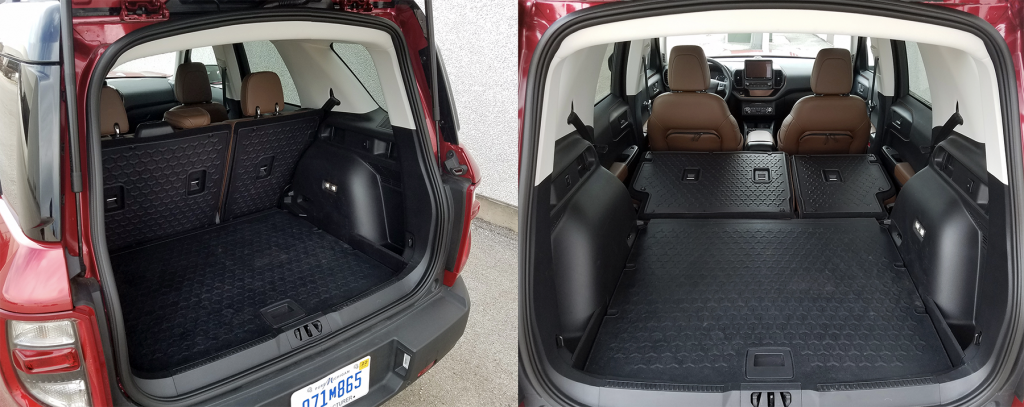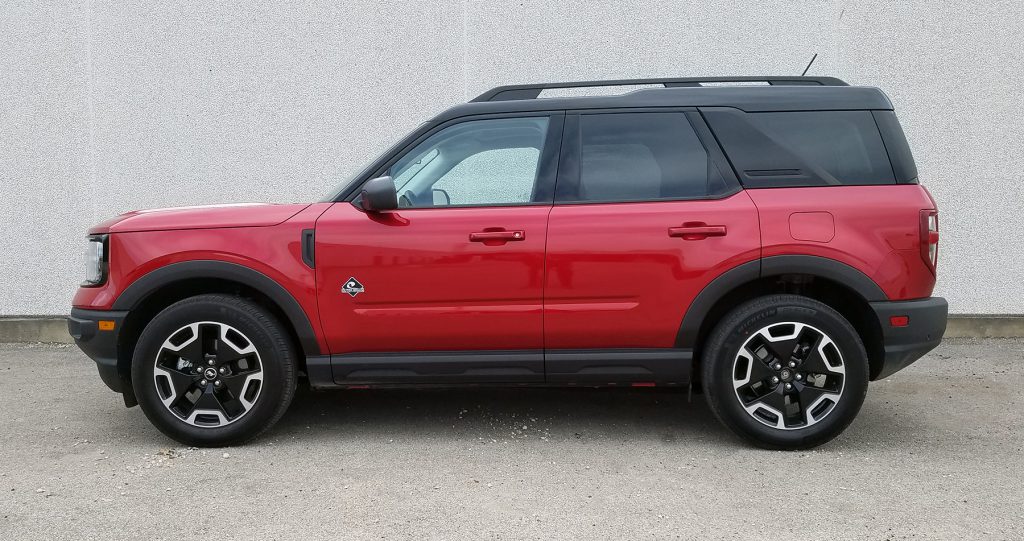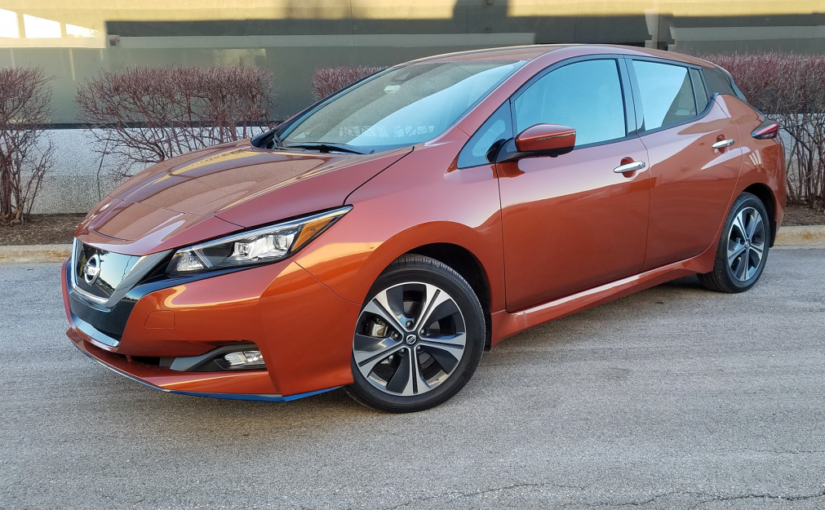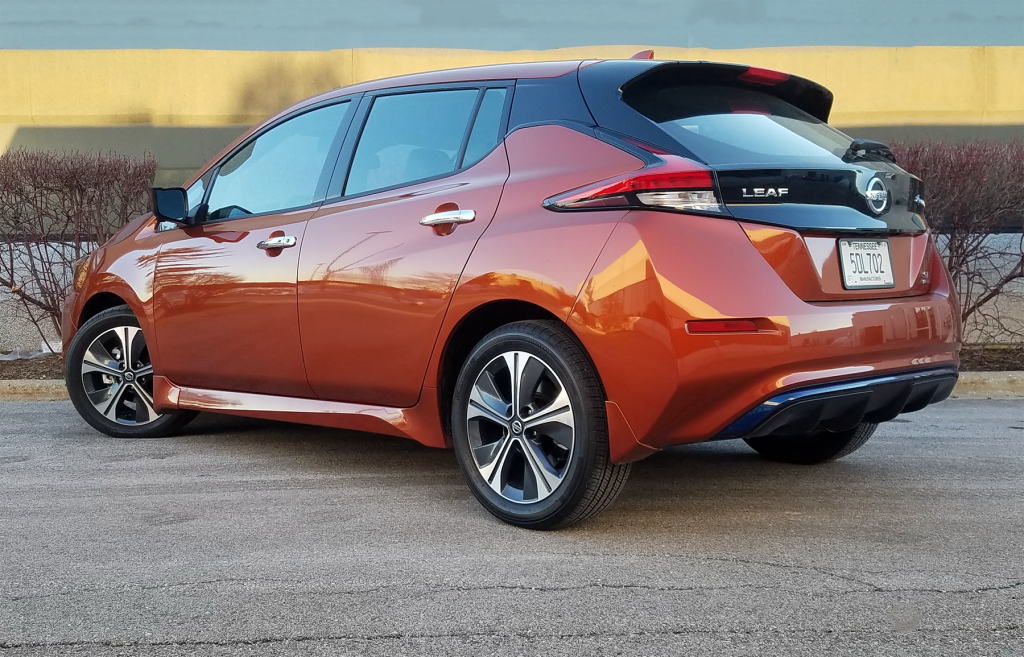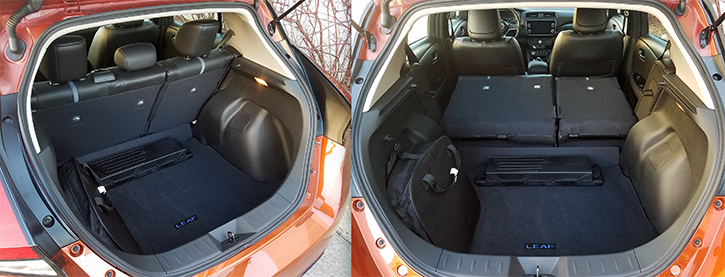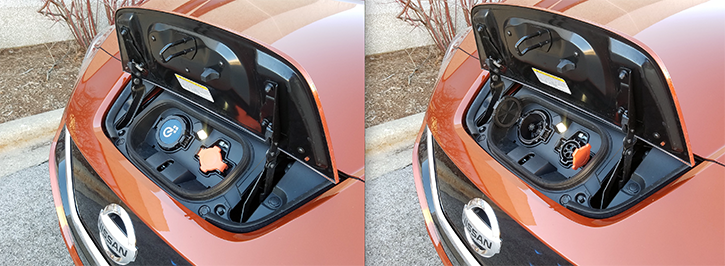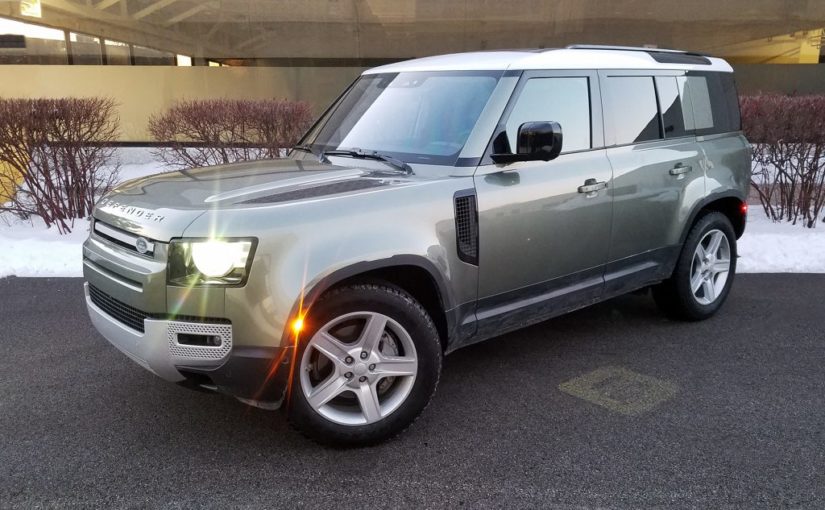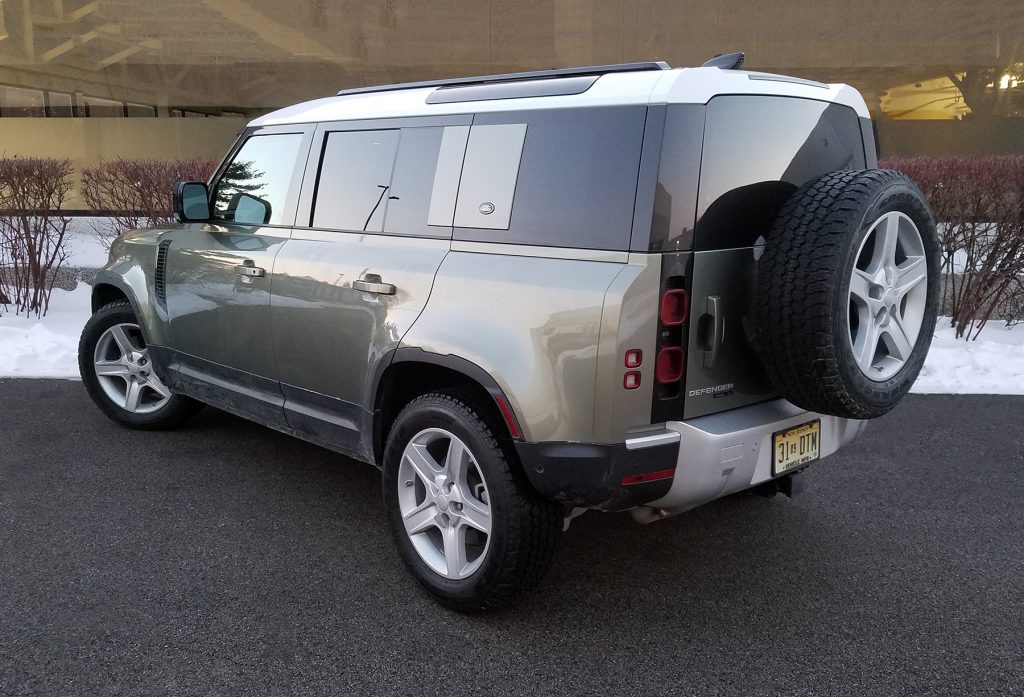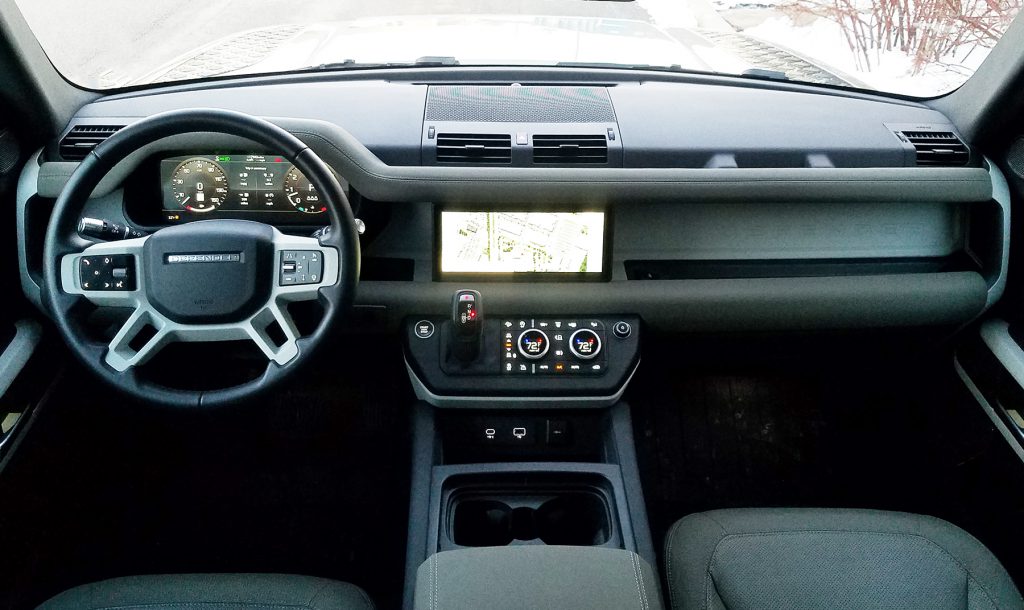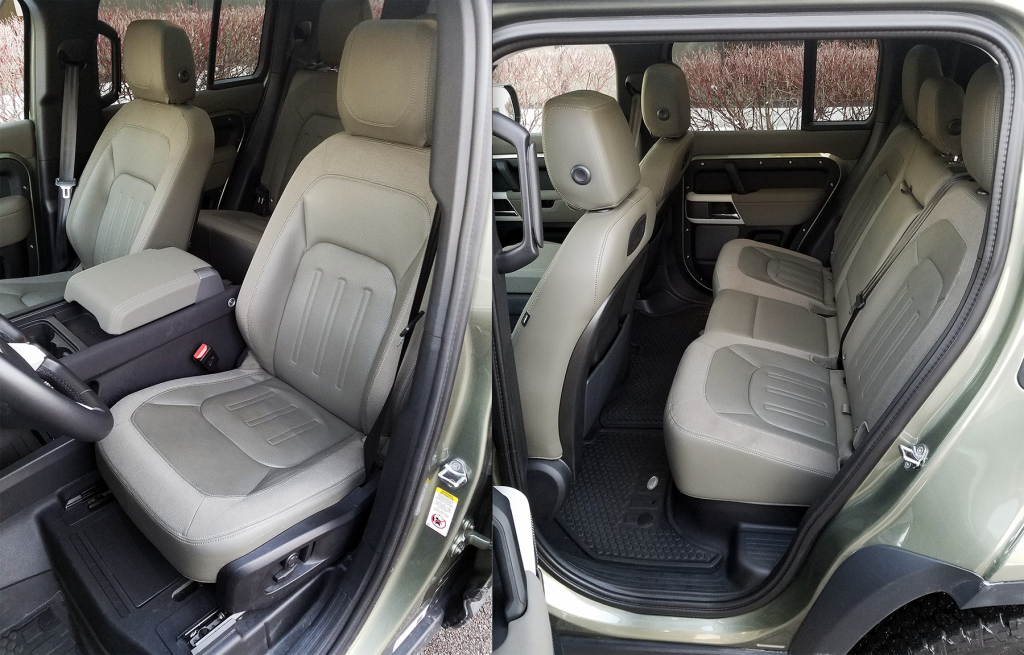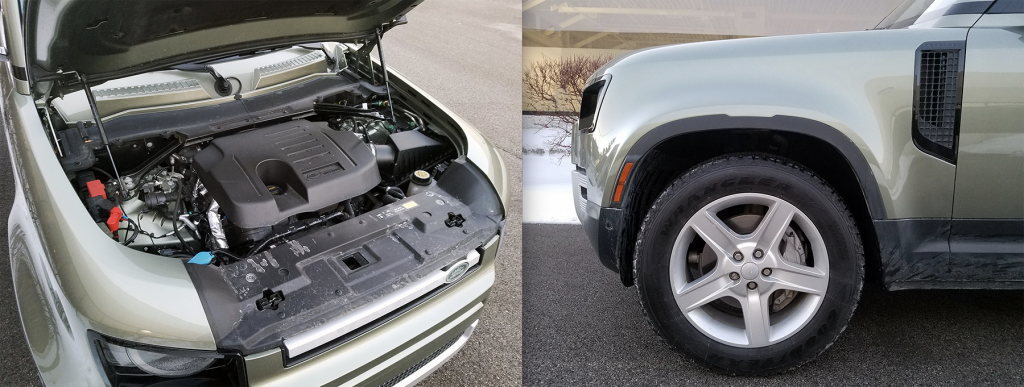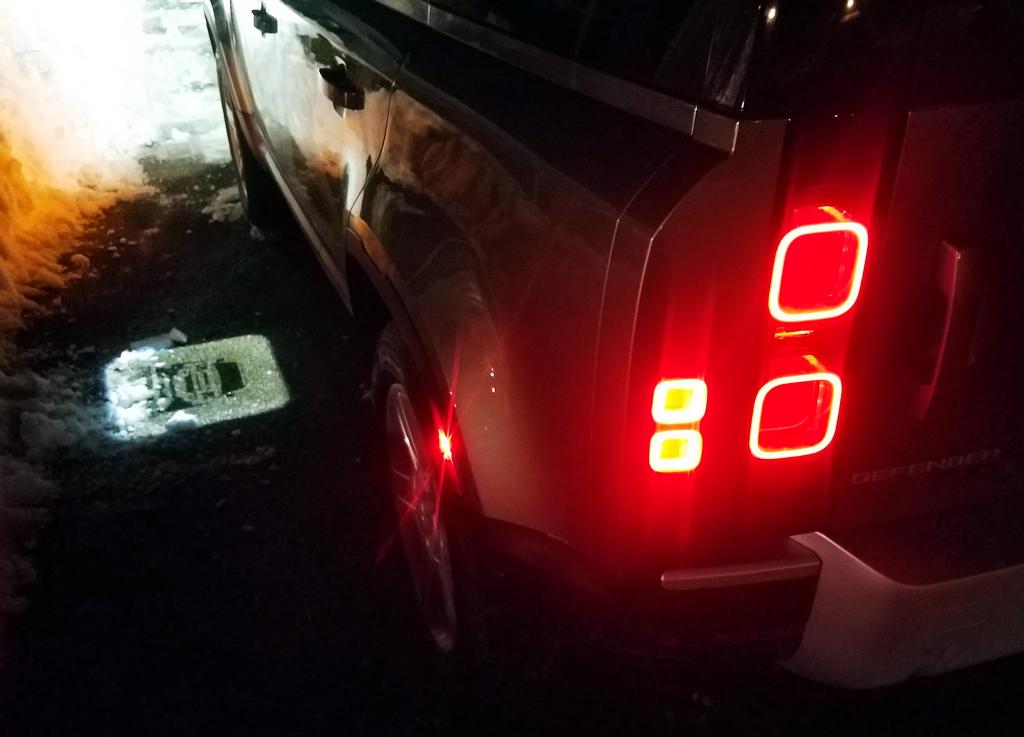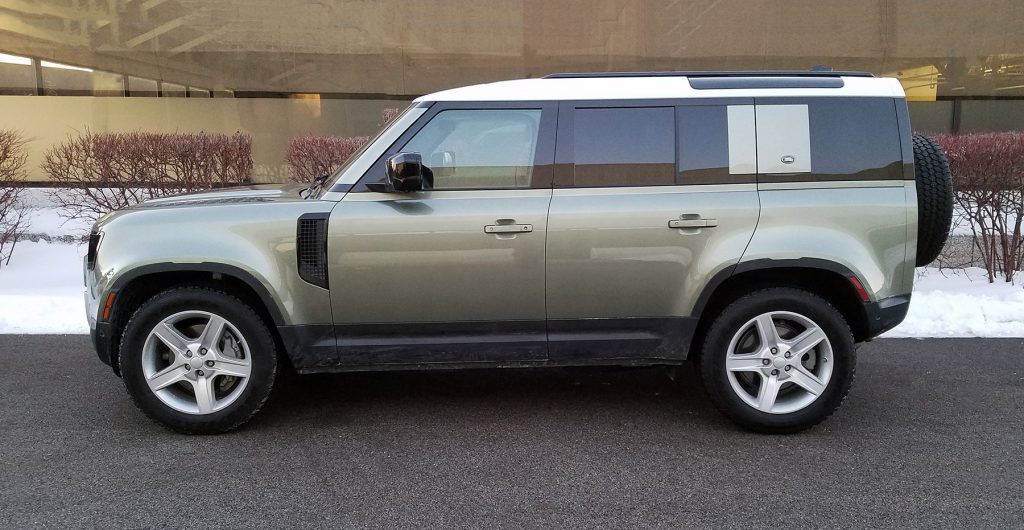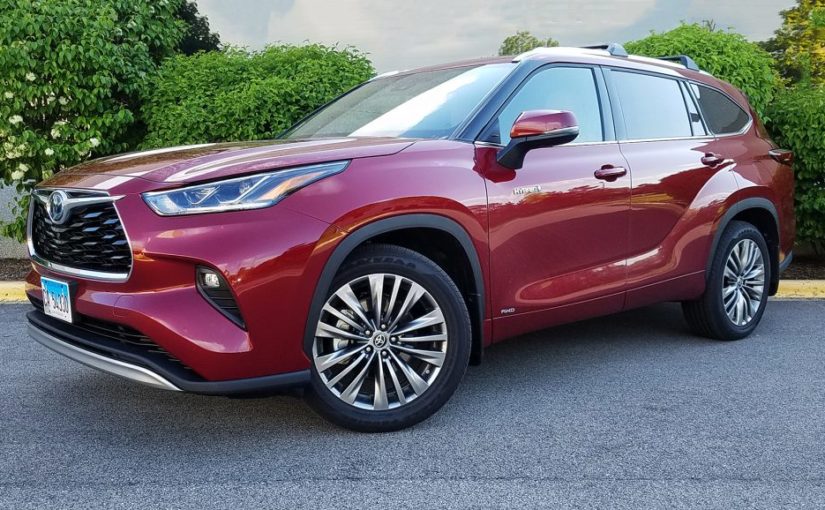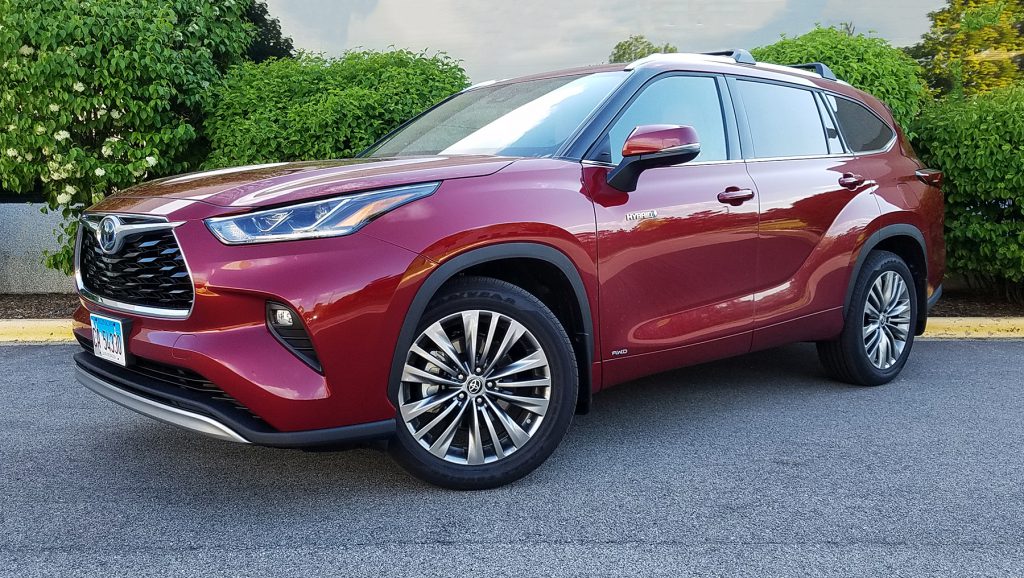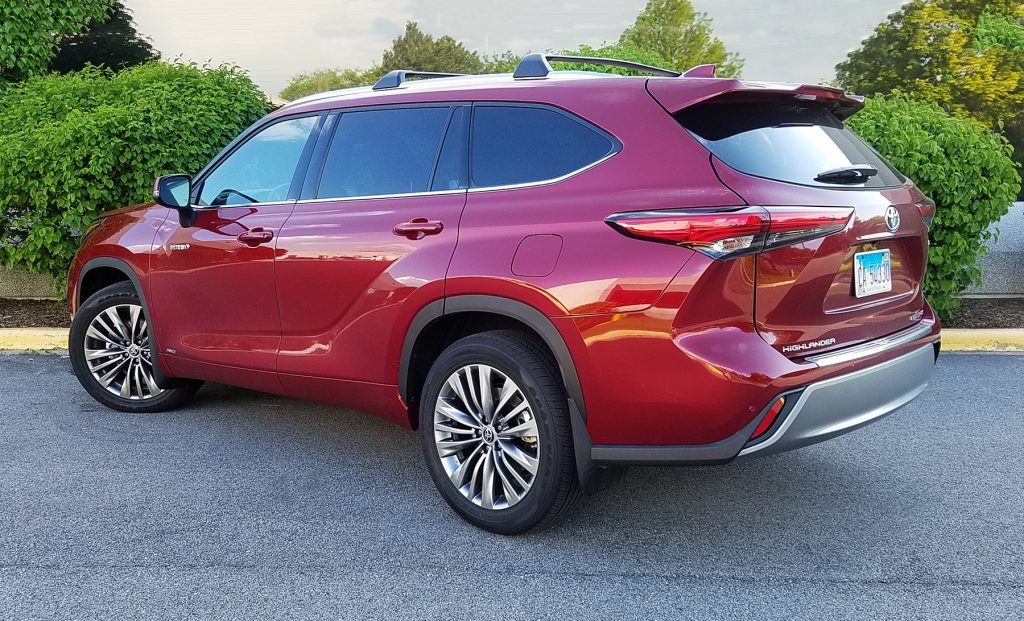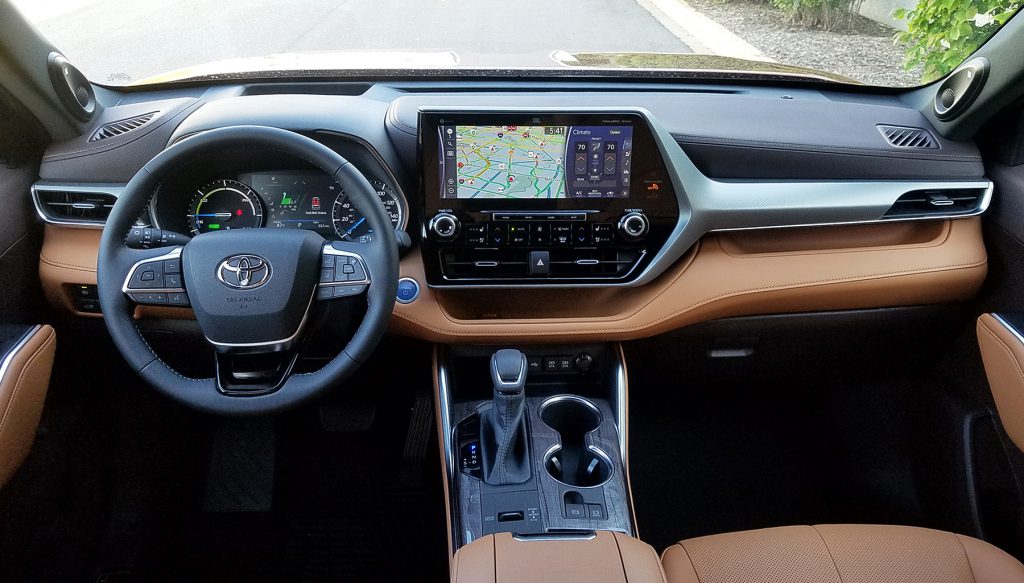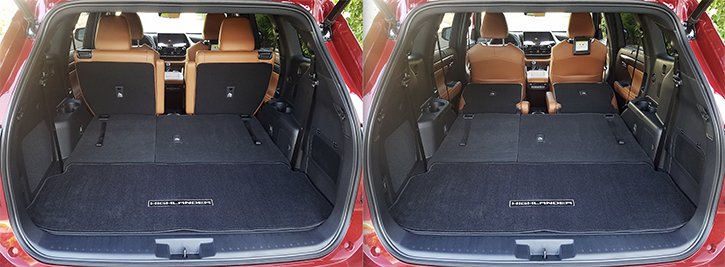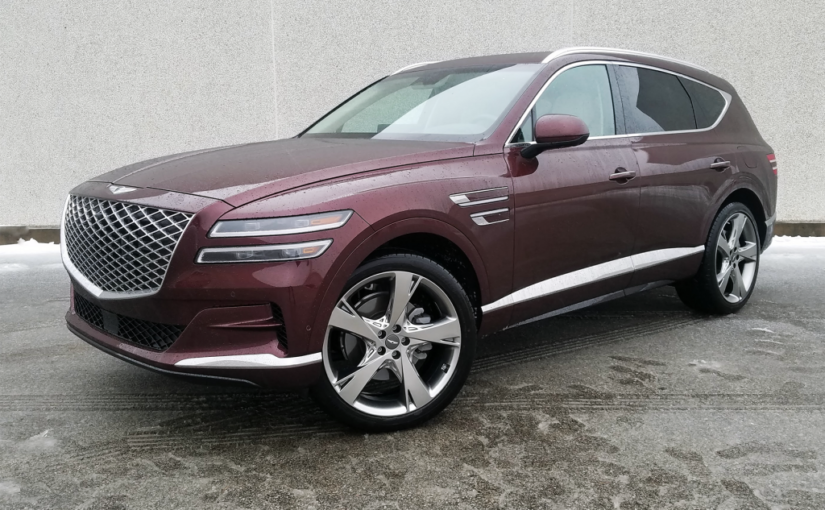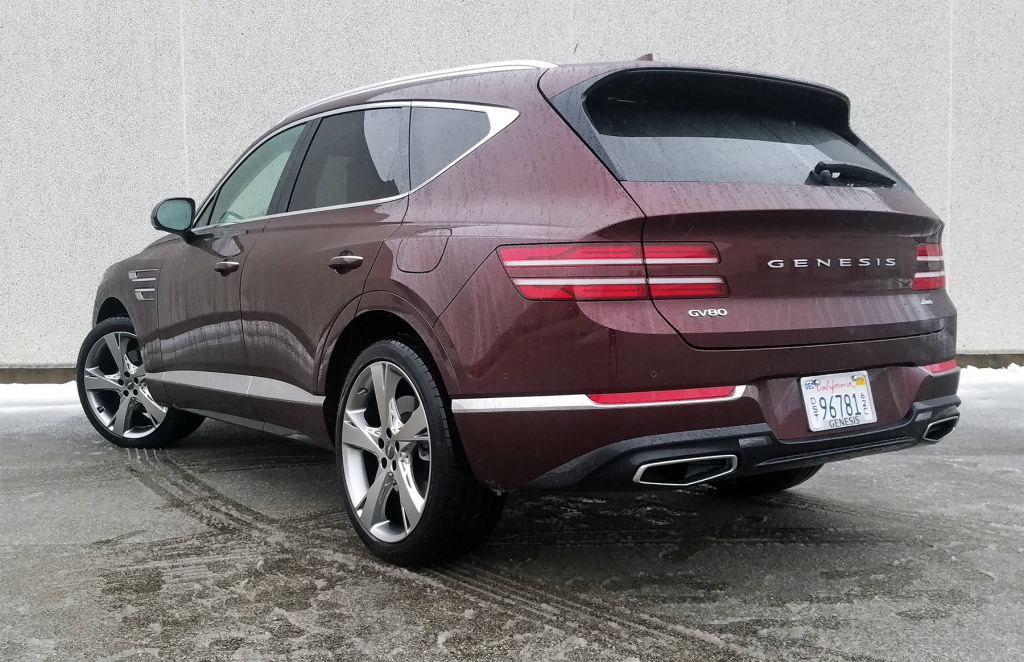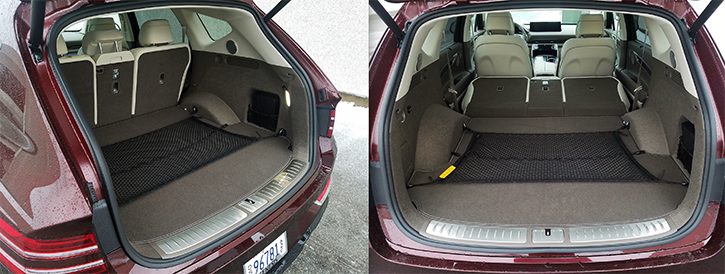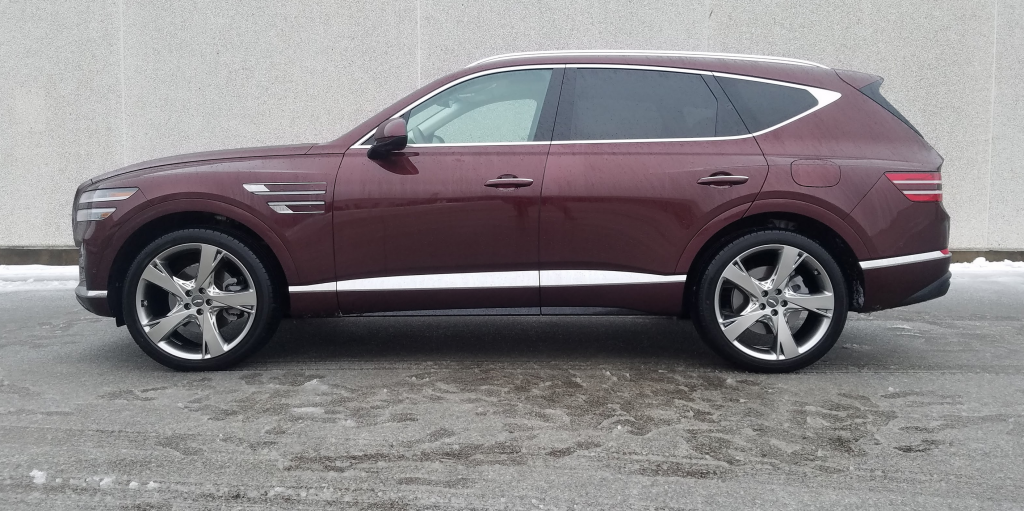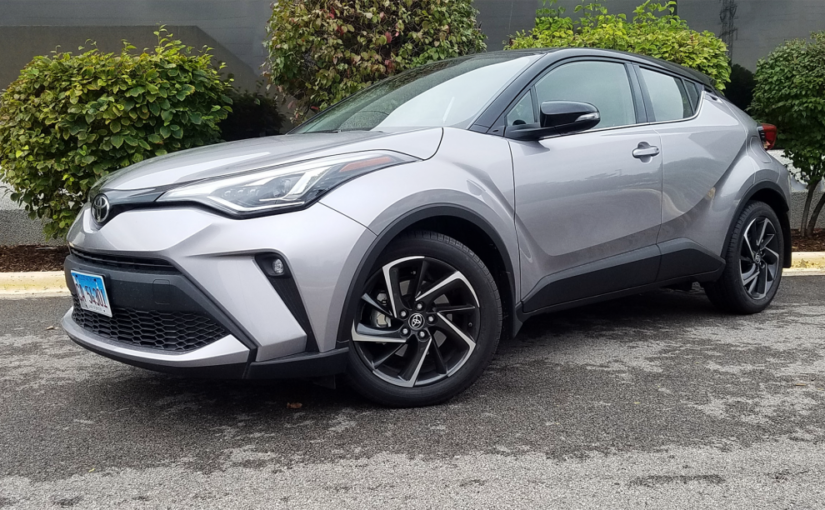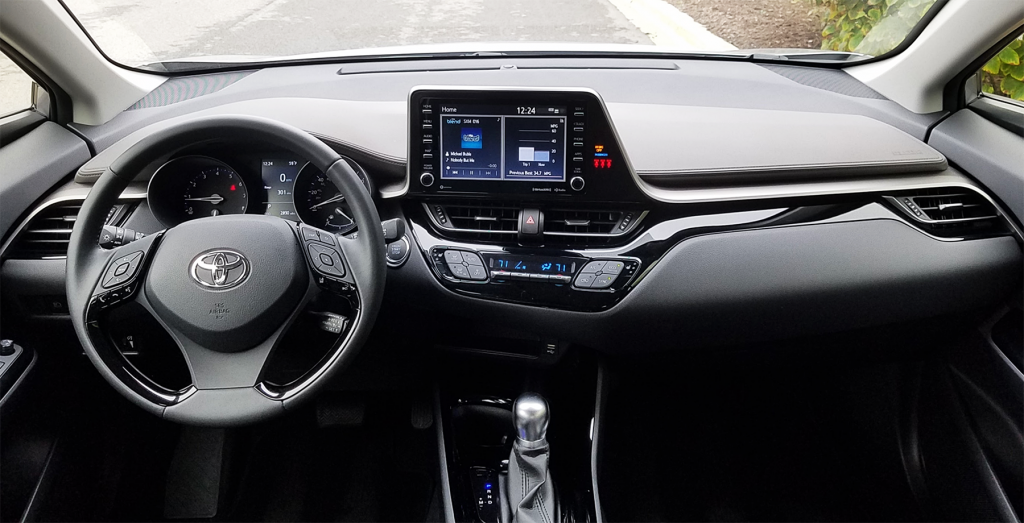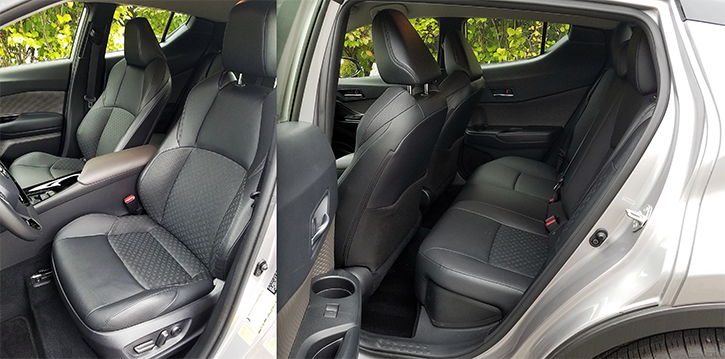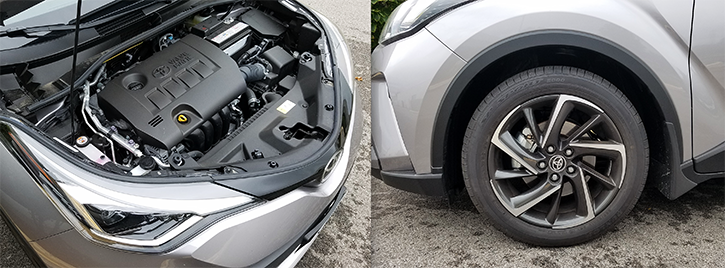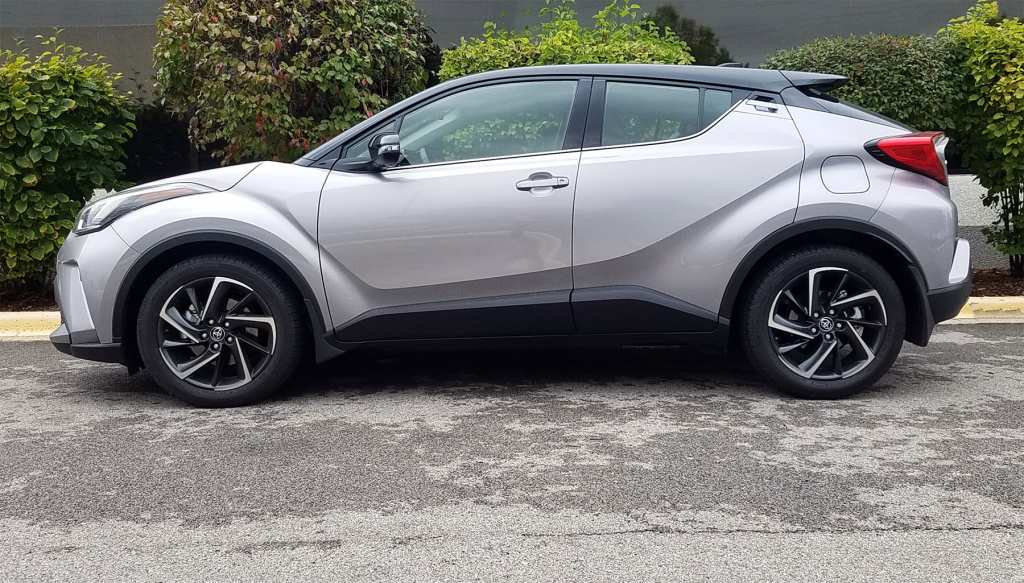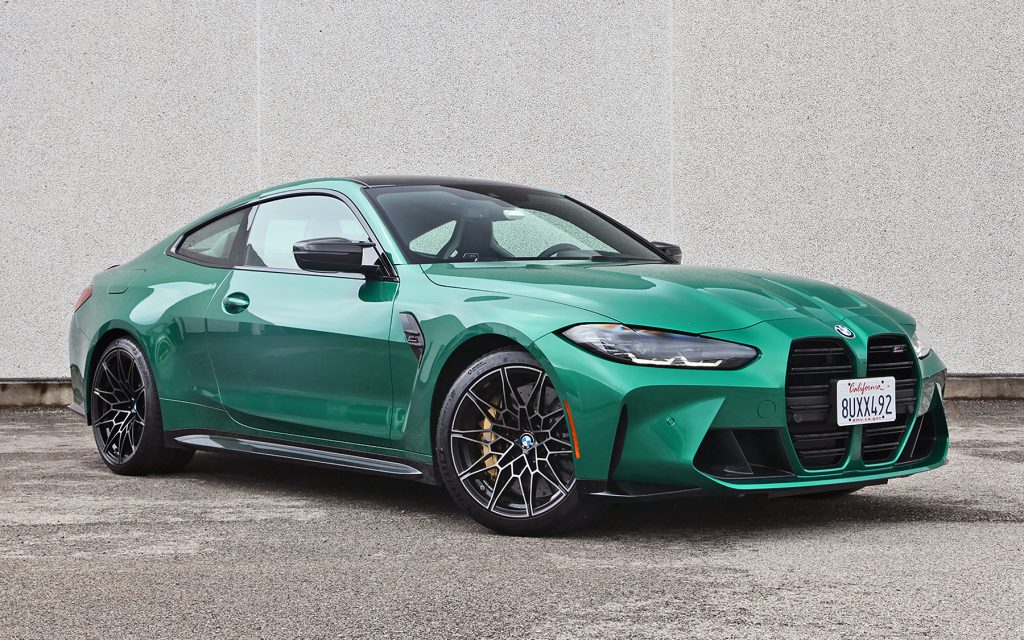
2021 BMW M4 Competition Coupe in Isle of Man Green (a $550 option)
2021 BMW M4 Competition Coupe
Class: Premium Sporty/Performance Car
Miles driven: 212
Fuel used: 10.5 gallons
Real-world fuel economy: 20.1 mpg
Driving mix: 50% city, 50% highway
EPA-estimated fuel economy: 16/23/19 (mpg city, highway, combined)
| CG Report Card | |
|---|---|
| Room and Comfort | B- |
| Power and Performance | A |
| Fit and Finish | A- |
| Fuel Economy | B- |
| Value | C |
| Report-card grades are derived from a consensus of test-driver evaluations. All grades are versus other vehicles in the same class. Value grade is for specific trim level evaluated, and may not reflect Consumer Guide’s impressions of the entire model lineup. | |
| Big & Tall Comfort | |
| Big Guy | C |
| Tall Guy | B- |
| Big & Tall comfort ratings are for front seats only. “Big” rating based on male tester weighing approximately 350 pounds, “Tall” rating based on 6’6″-tall male tester. | |
| Drivetrain | |
| Engine Specs | 503-hp 3.0-liter |
| Engine Type | Turbo 6-cylinder |
| Transmission | 8-speed automatic |
| Drive Wheels | RWD |
Fuel type: Premium gas required
Base price: $74,700 (not including $995 destination charge)
Options on test vehicle: Isle of Man Green metallic paint ($550), Silverstone/Black Full Merino Leather ($2550), M Drive Professional ($900), 19-inch-front/20-inch-rear M double-spoke bi-color wheels style 826M with performance non-run-flat tires ($1300), M carbon ceramic brakes ($8150), M carbon bucket seats ($3800), carbon fiber trim ($950), M Carbon Exterior Package ($4700), M Driver’s Package ($2500)
Price as tested: $101,095
More 4-Series price and availability information
Quick Hits
The great: Thrilling acceleration; tenacious handling; serious stopping power; upscale interior
The good: Better-than-expected rear-seat space; better-than-expected ride quality for a track-ready super-performance machine
The not so good: Racetrack-ready optional front seats aren’t optimal for everyday driving; polarizing front-end styling; options drive up bottom-line price past the six-figure mark
CG Says:
Now here’s a BMW that feels like a BMW from behind the wheel.
The M4 Competition, the raucous Type-A personality of the 4-Series coupes, shows that the Bavarians have not, after all, misplaced the old family recipe for exhilarating drivers’ cars. A little earlier in the 2021 model year Consumer Guide sampled another 4, an entry-level 430i with xDrive all-wheel drive that left us longing for the rewardingly communicative ride and handling that had been synonymous with BMWs. If you’ve got the money—and it will take a bunch more of it—you can find them in the high-performance M4.
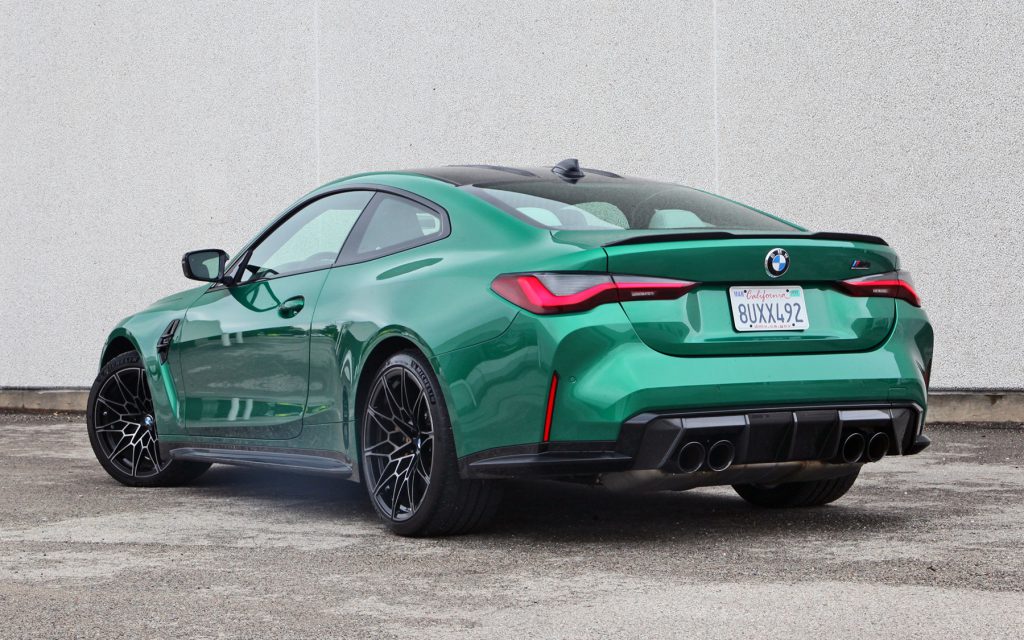
Along with the rest of the BMW 4-Series coupe and convertible lineup, the super-performance M4 is redesigned for 2021 with provocative new styling and several new technology features.
Of course, aside from chassis improvements, a big difference-maker in the M4 is a turbocharged 3.0-liter straight-6 engine that makes 503 horsepower in Competition guise—30 more than are harnessed to a “base” M4. With 479 lb-ft of torque, ready and abundant power bursts into bloom with help from the 8-speed automatic transmission that sails smoothly through the gear ranges and delivers sharp kickdown when extra speed is called for. (A 6-speed manual gearbox remains standard with the lower-power M4 engine.) The manufacturer claims the rear-wheel-drive M4 Competition can go from stopped to 60 mph in 3.8 seconds. Top speed is capped at 155 mph unless the buyer springs for the $2500 M Driver’s Package that enables another 25 mph. In any case, the M4 sounds great under load without rattling windows at start-up. Though CG’s Isle of Man Green M4 had the package we did not test those limits, which is probably why we averaged 20.1 mpg even with 50 percent city-type driving. EPA fuel-economy estimates are 16 mpg in the city, 23 on the highway, and 19 mpg combined.
Test Drive: 2021 BMW 430i xDrive Coupe

The M4’s cabin gets several trim enhancements that give it an appropriately upscale feel. The “standard” M4 is available with a 6-speed manual transmission, but the M4 Competition comes only with an 8-speed automatic.
With a chassis beefed up with an M Sport rear differential, adaptive suspension dampers, and performance tires on 19-inch-front/20-inch-rear wheels, the M4 Competition rides with a buttoned-down firmness but it’s not a constant jiggle-and-jolt fest. Steering is pleasingly precise, not overly heavy in base “Comfort” mode, and with more feel than in the 430i. Body control is great through quick little bends in the road. The low-profile tires are somewhat noisy on the highway and there’s a little bit of a thwacking sound over small cracks and highway expansion joints. The extra-cost (and $8150 is extra cost) carbon-ceramic brakes are strong; on the test car, they behaved in a more linear fashion than the optional M Sport brakes on the 430i we tested.
6 Cool Things about the 2021 BMW M5 Competition
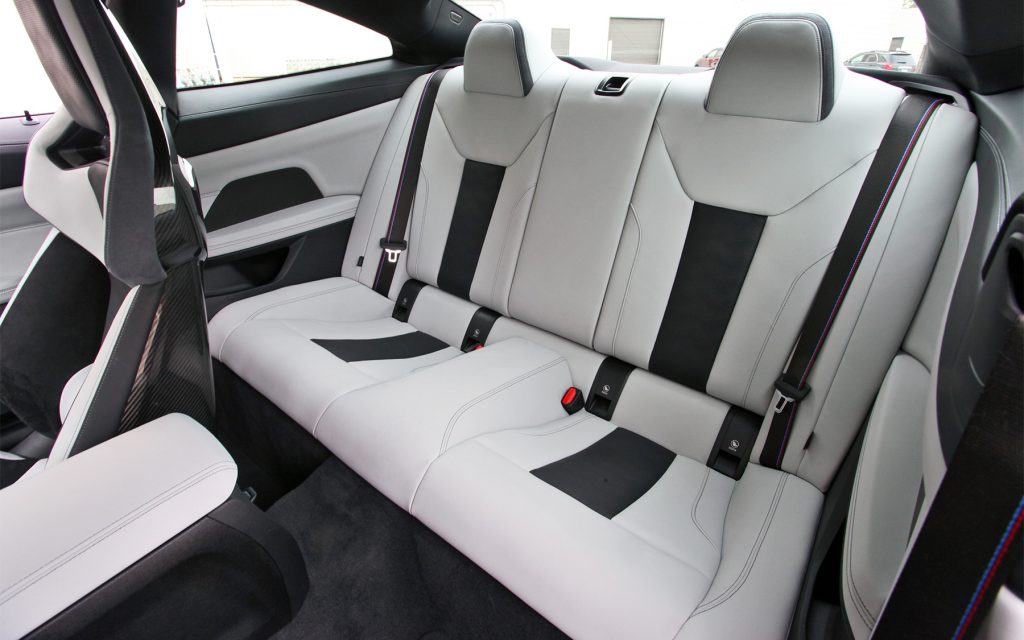
The M4 has better rear-seat space than you might expect for a high-performance sports coupe.
Of course, at $75,695 (delivery included) to start, one has a right to expect a driving experience better than a car that costs $27,100 less can deliver. In fact, the test car wasn’t done until it ascended to $101,095, taken aloft on the wings of some of the aforementioned extras plus things like M Drive Professional (for track-day tinkerers who want to chart lap times, drift angles, and other performance data) and M carbon bucket seats.
Test Drive: 2021 Toyota Supra 3.0 Premium
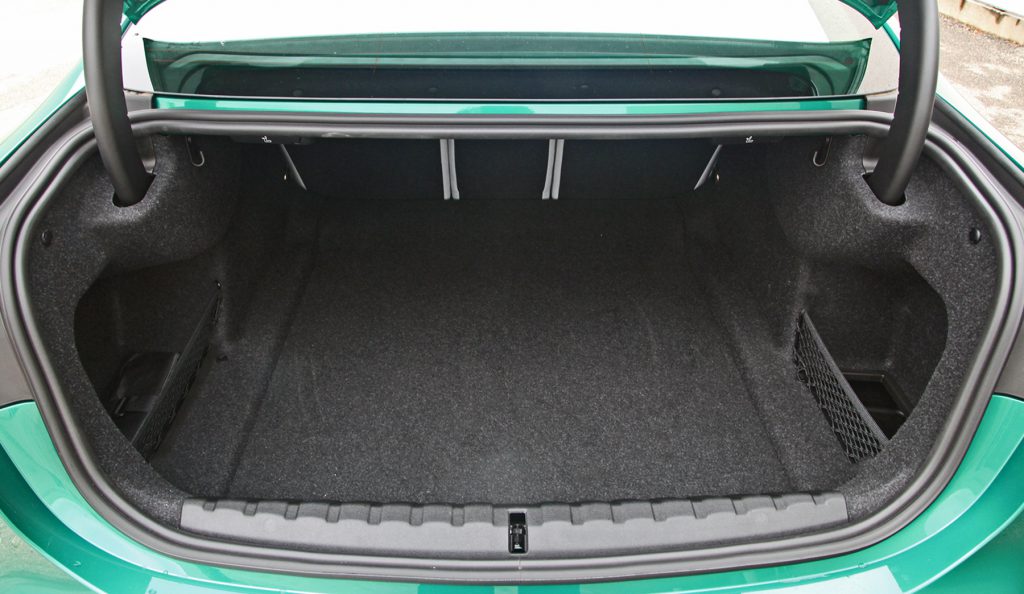
Likewise, trunk space is better than in the typical high-end sports coupe–there’s 12.0 cubic feet of cargo volume here.
The $3800 seats provide so much secure grip on torso and bottom that we almost felt the need to file a complaint with HR. As an added performance benefit the seats take some weight out of the car. However, the built-up bolstered areas don’t allow for easy slide-in/slide-out movement, there is an odd raised structure in the front center of the cushion, and shorter passengers may find that the fixed headrests are too high for their comfort.
The hard-shell premium seats also lack pouches on back for rear-seat storage. However, they do not compromise the adult-compatible back-seat space that is a 4-Series coupe virtue. In line with others in the line, the M4 also has a practical trunk, a virtual gauge display that some find difficult to read easily, menu-happy remotely controlled iDrive 7.0 infotainment system, and Apple CarPlay/Android Auto smartphone connectivity. Safety features standard across the series include automatic emergency braking with pedestrian detection, lane-keep assist, blind-spot detection, rear cross-traffic alert, rear-collision preparation, speed-limit monitoring, and automatic high-beam headlights.
Test Drive: 2020 BMW M8 Competition Convertible

The M4 Competition is powered by a twin-turbocharged 3.0-liter inline 6-cylinder that pumps out 503 horsepower and 479 lb-ft of torque. Staggered 19-inch-front/20-inch rear wheels come standard on the Competition–an upgrade over the base M4’s 18-inch fronts and 19-inch rears. The M double-spoke wheels on our tester are a $1300 option.
Price of admission to get at the best stuff that BMW has to offer may be a deal-breaker for some people, and anybody who can’t tolerate the thought that someone could at any moment be making snide comments about the looks of their 6-figure automobile might not be a good fit for an M4. (Did we mention the grille that everybody mentions?) However, folks undeterred by those challenges may have the right feel for this BMW.
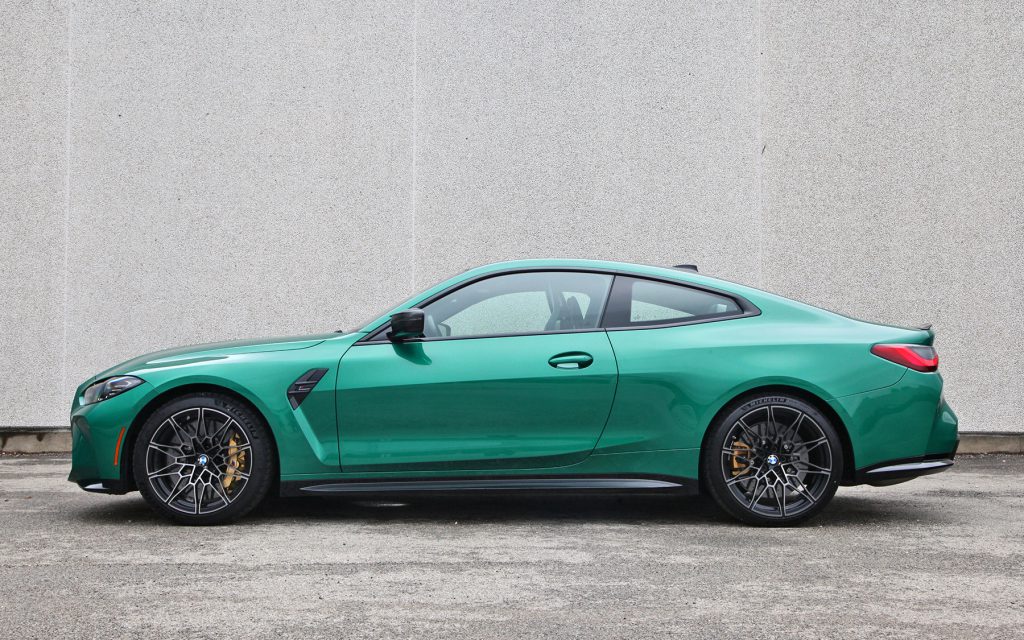
Controversial schnoz aside, the new BMW M4 steps up its game over the previous-generation model. It delivers racetrack-ready performance with better day-to-day practicality and tractability than its superhero specs suggest.
Check out the Consumer Guide Car Stuff Podcast
2021 BMW M4 Competition Coupe Gallery
(Click below for enlarged images
For GREAT deals on a new or used Toyota check out Right Toyota TODAY!
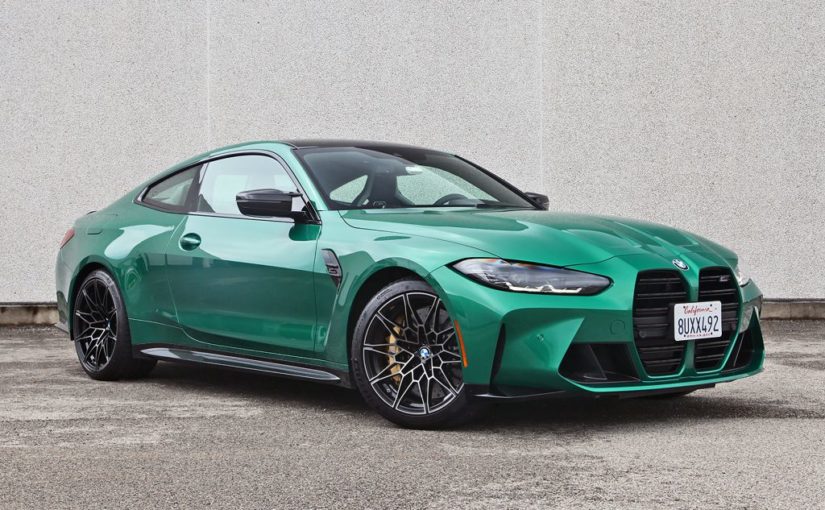

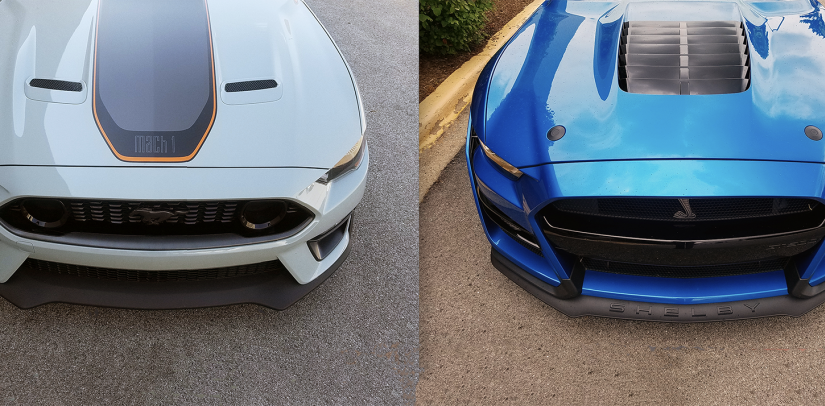
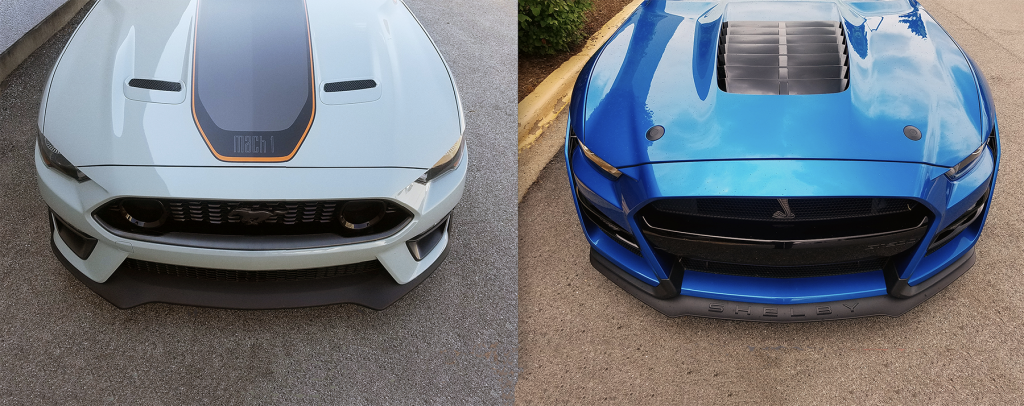
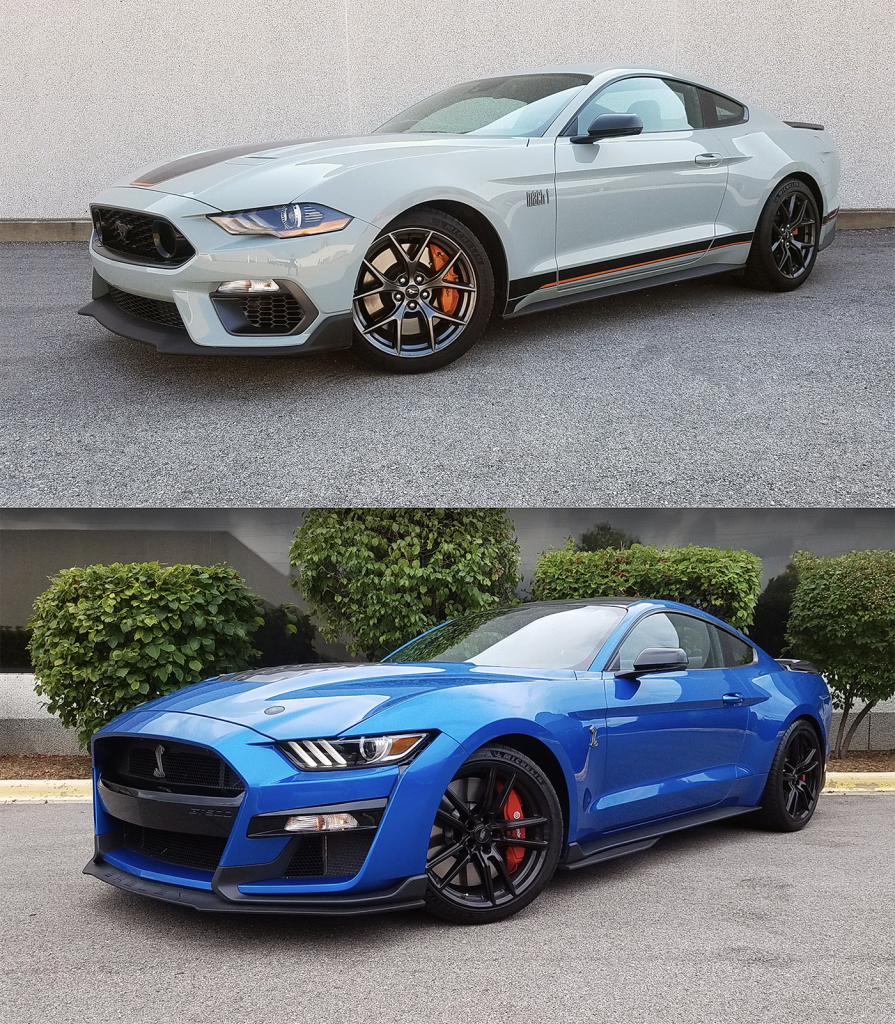
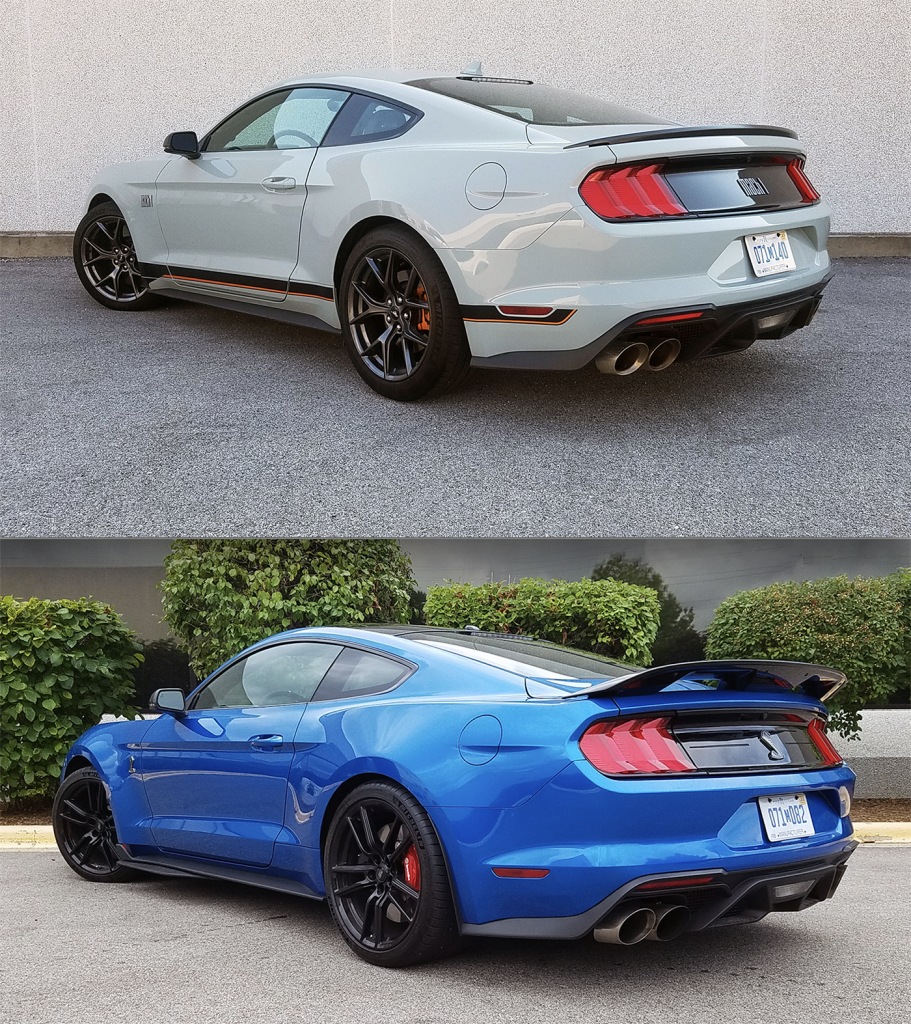
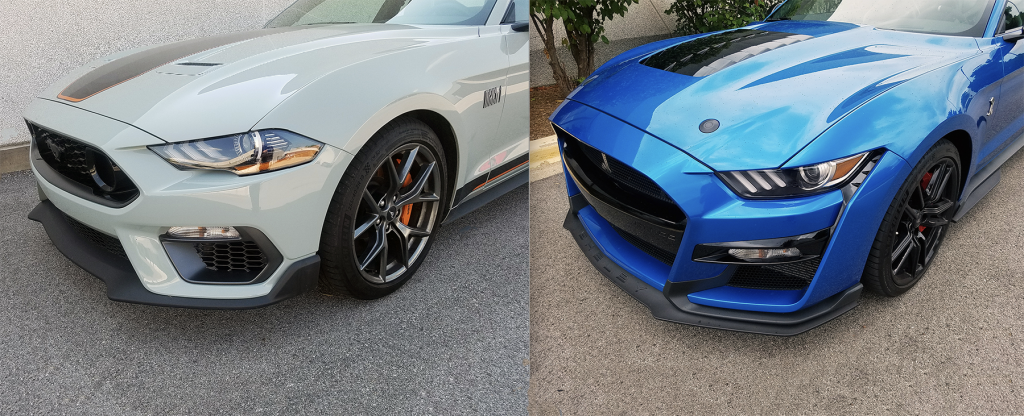
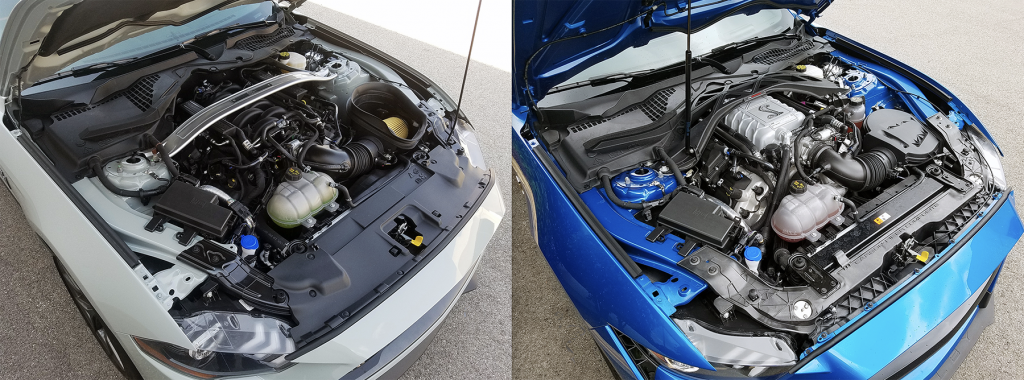

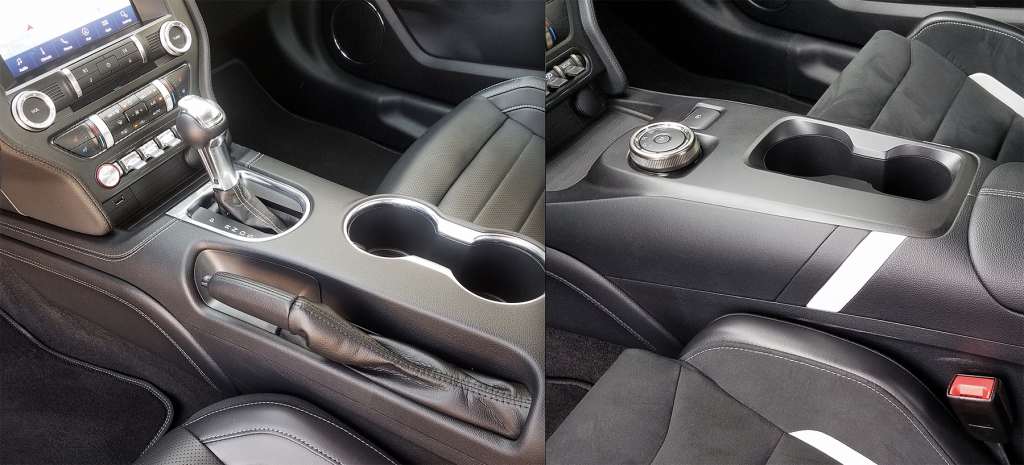
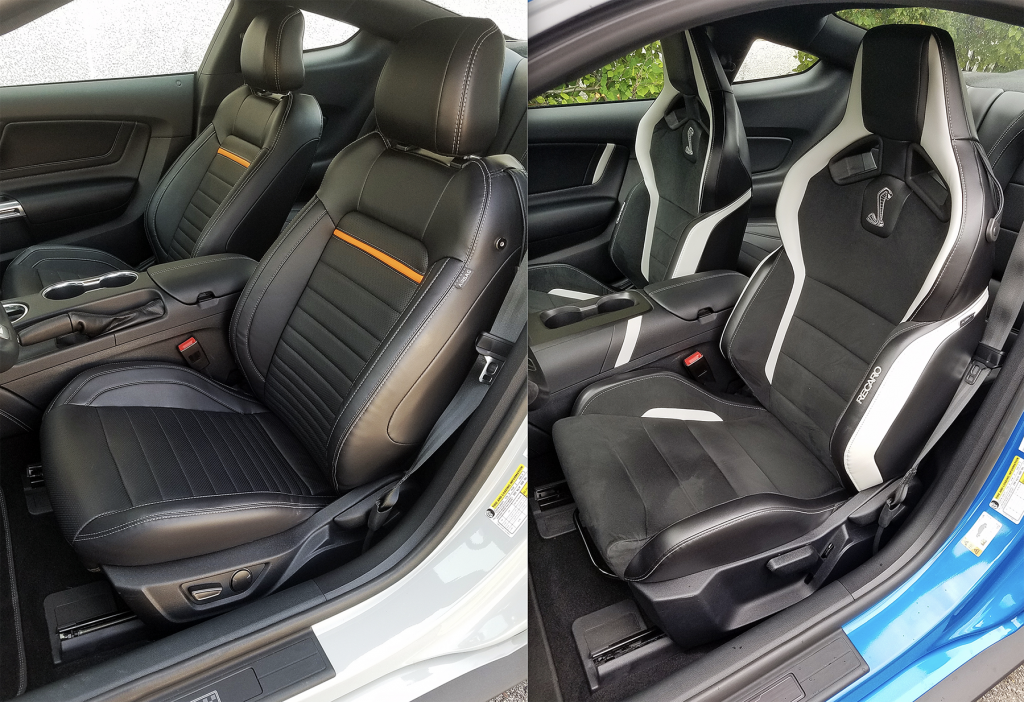

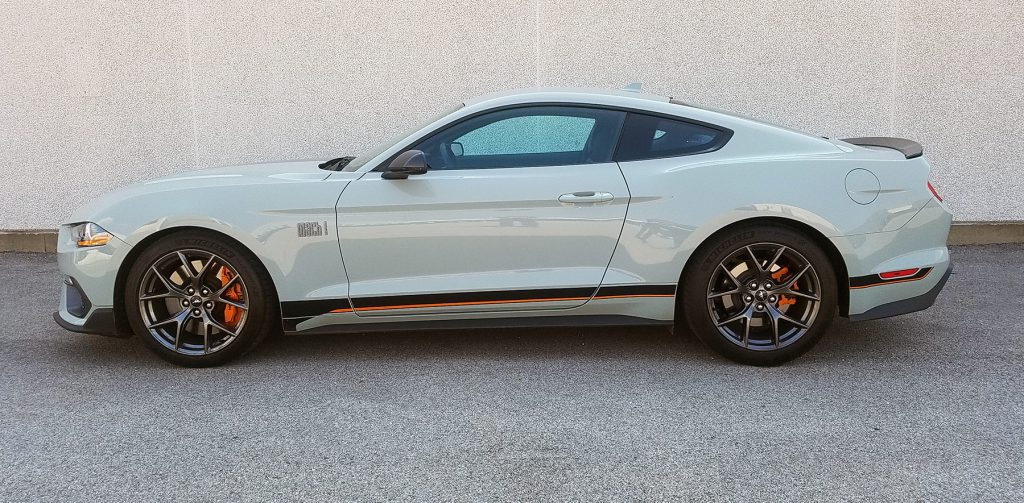

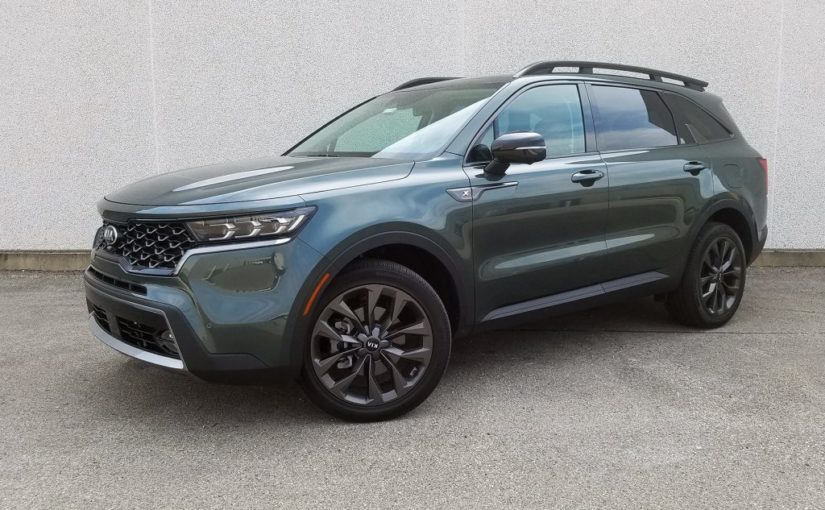
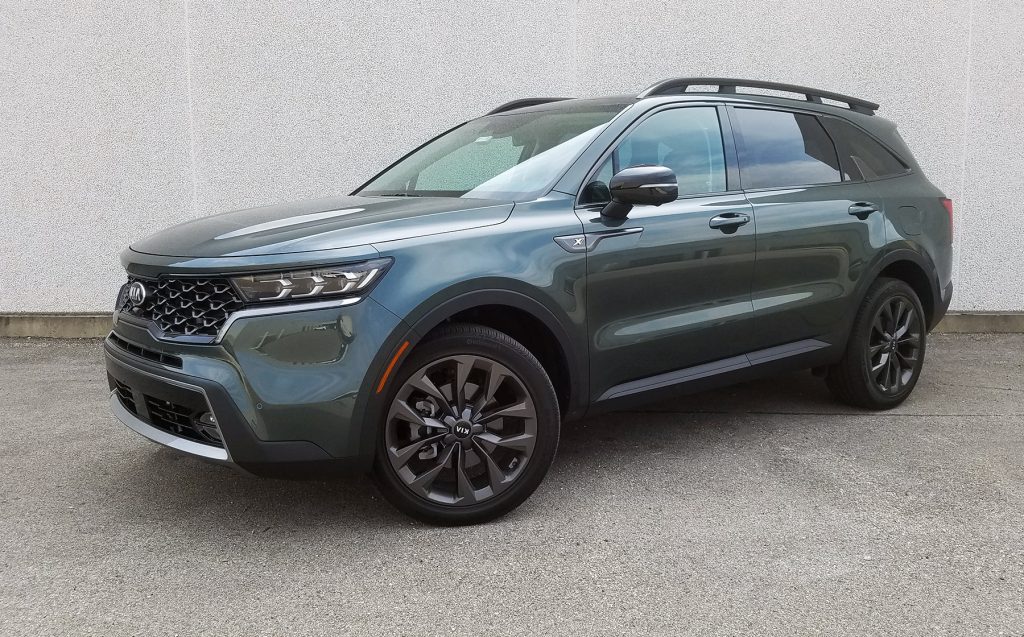

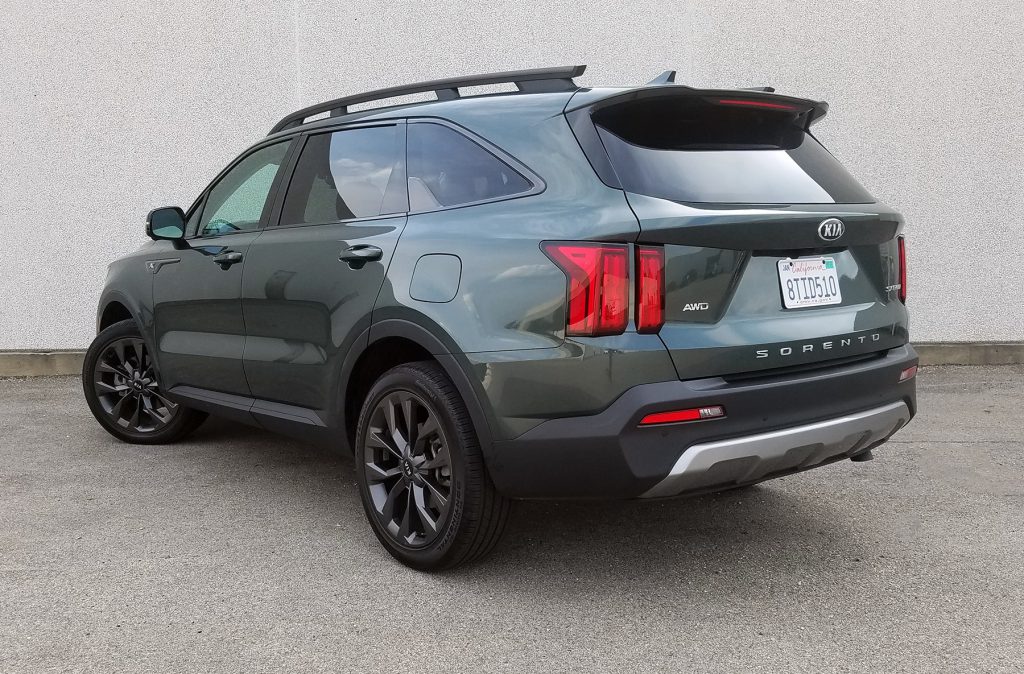
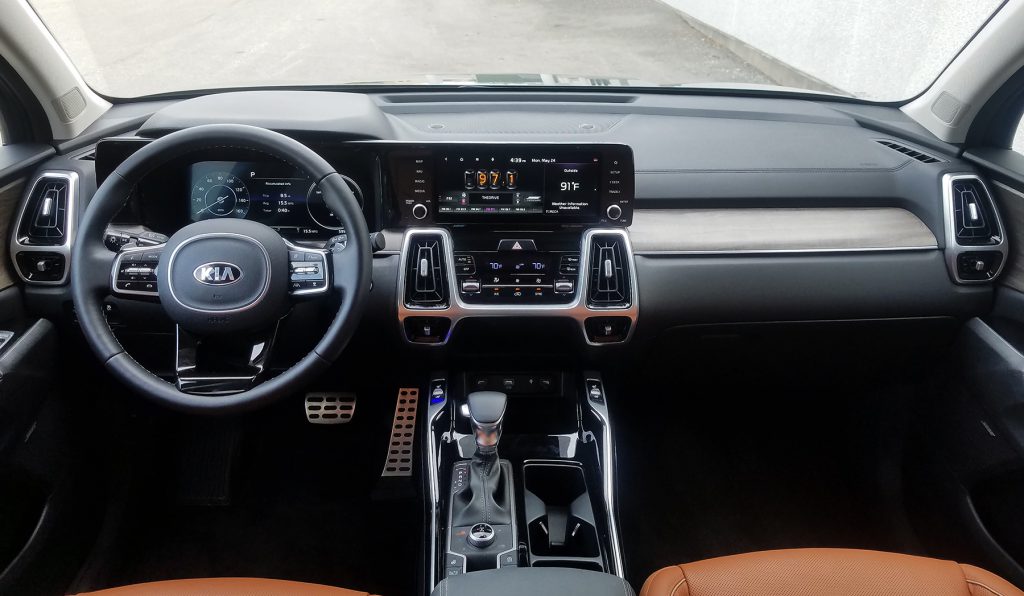
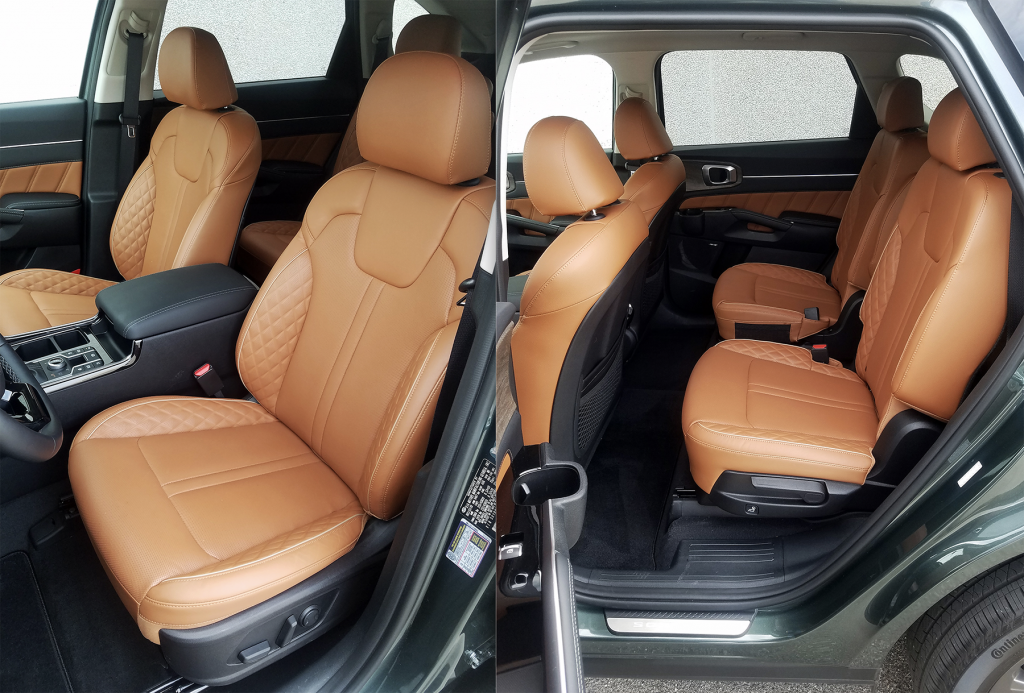
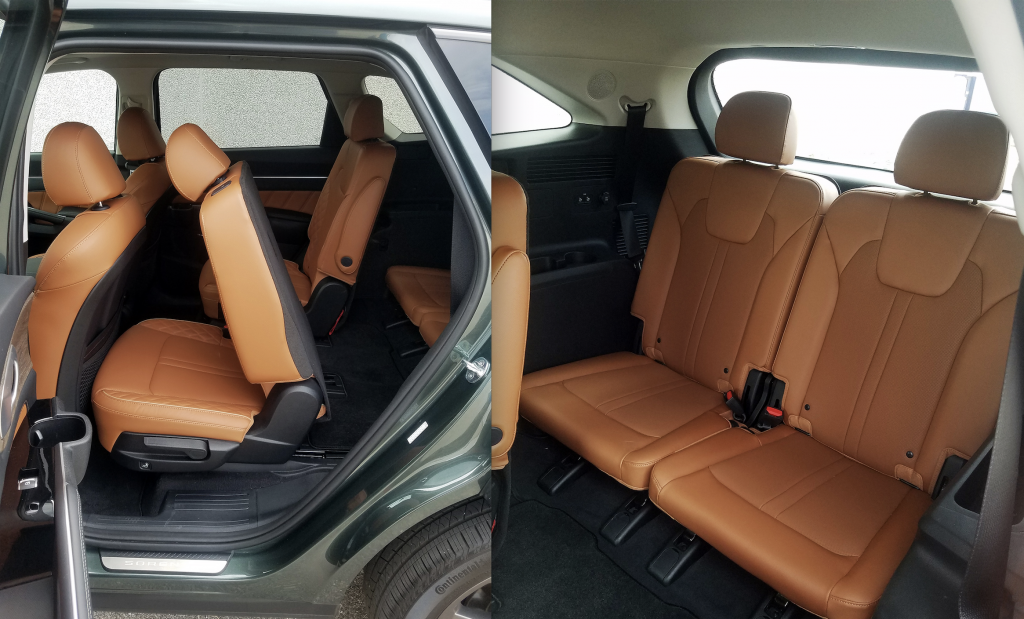
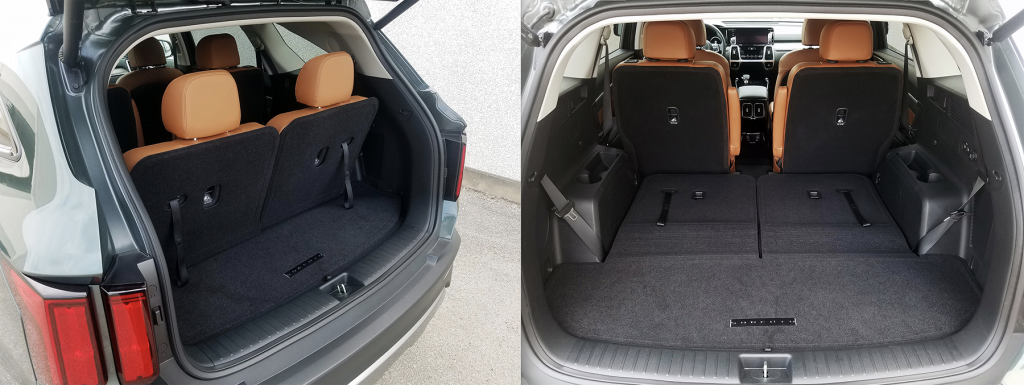
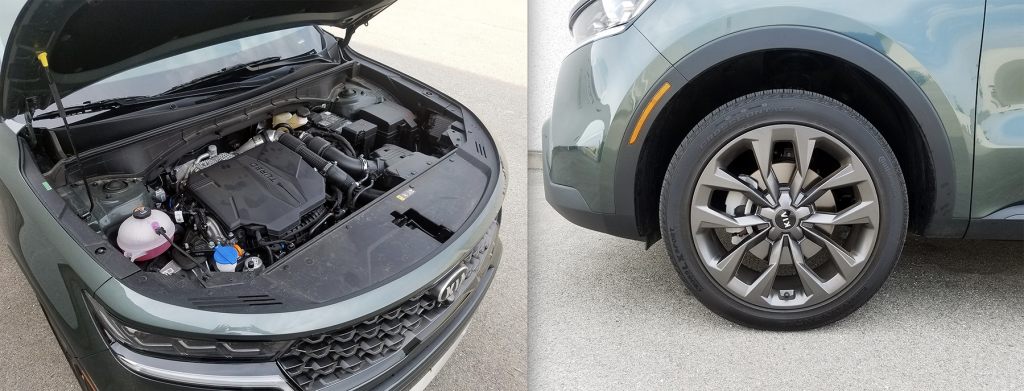
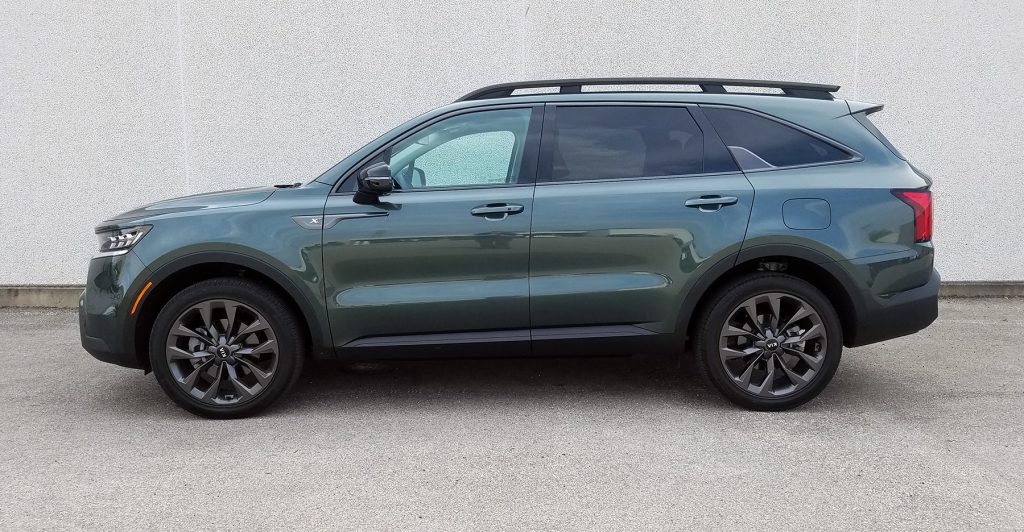
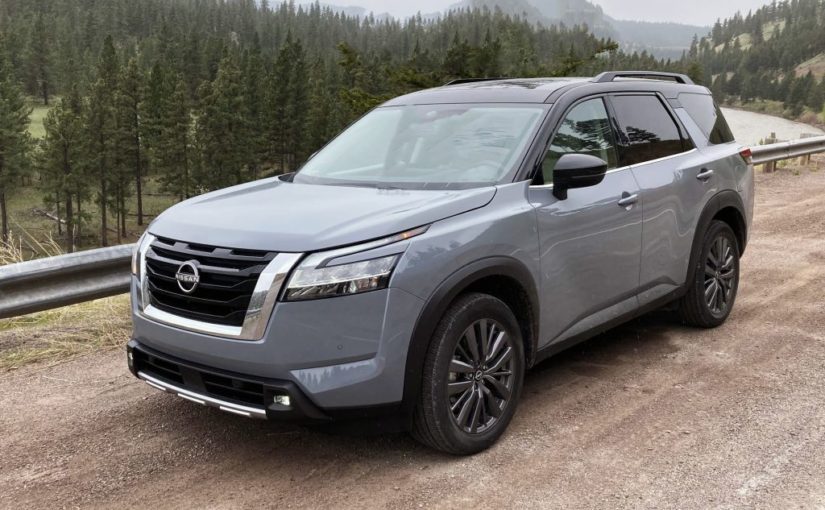
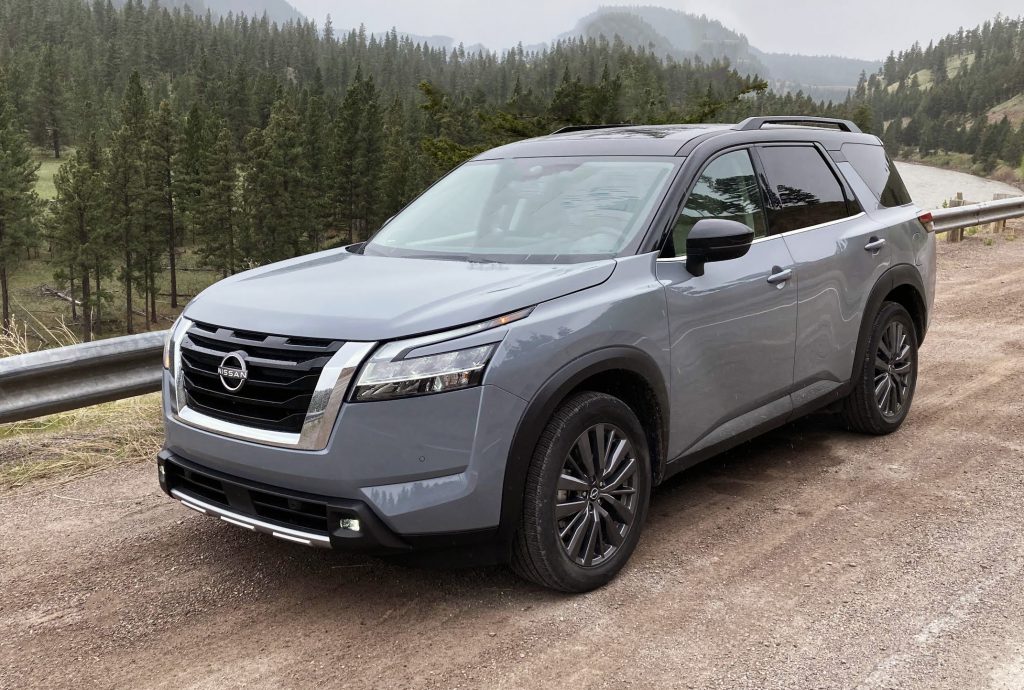
 With the redesign of its long-running Pathfinder midsize SUV for 2022, Nissan seems to be trying to have its cake and eat it too. Stylistically, the new Pathfinder gets a sharper-edged, beefier look that recalls the rugged styling of the truck-based, body-on-frame Pathfinders of the 1990s and early 2000s. Underneath, however, is a heavily modified version of the more family-friendly, crossover-style unibody architecture that the Pathfinder has been built upon since 2013.
With the redesign of its long-running Pathfinder midsize SUV for 2022, Nissan seems to be trying to have its cake and eat it too. Stylistically, the new Pathfinder gets a sharper-edged, beefier look that recalls the rugged styling of the truck-based, body-on-frame Pathfinders of the 1990s and early 2000s. Underneath, however, is a heavily modified version of the more family-friendly, crossover-style unibody architecture that the Pathfinder has been built upon since 2013.
